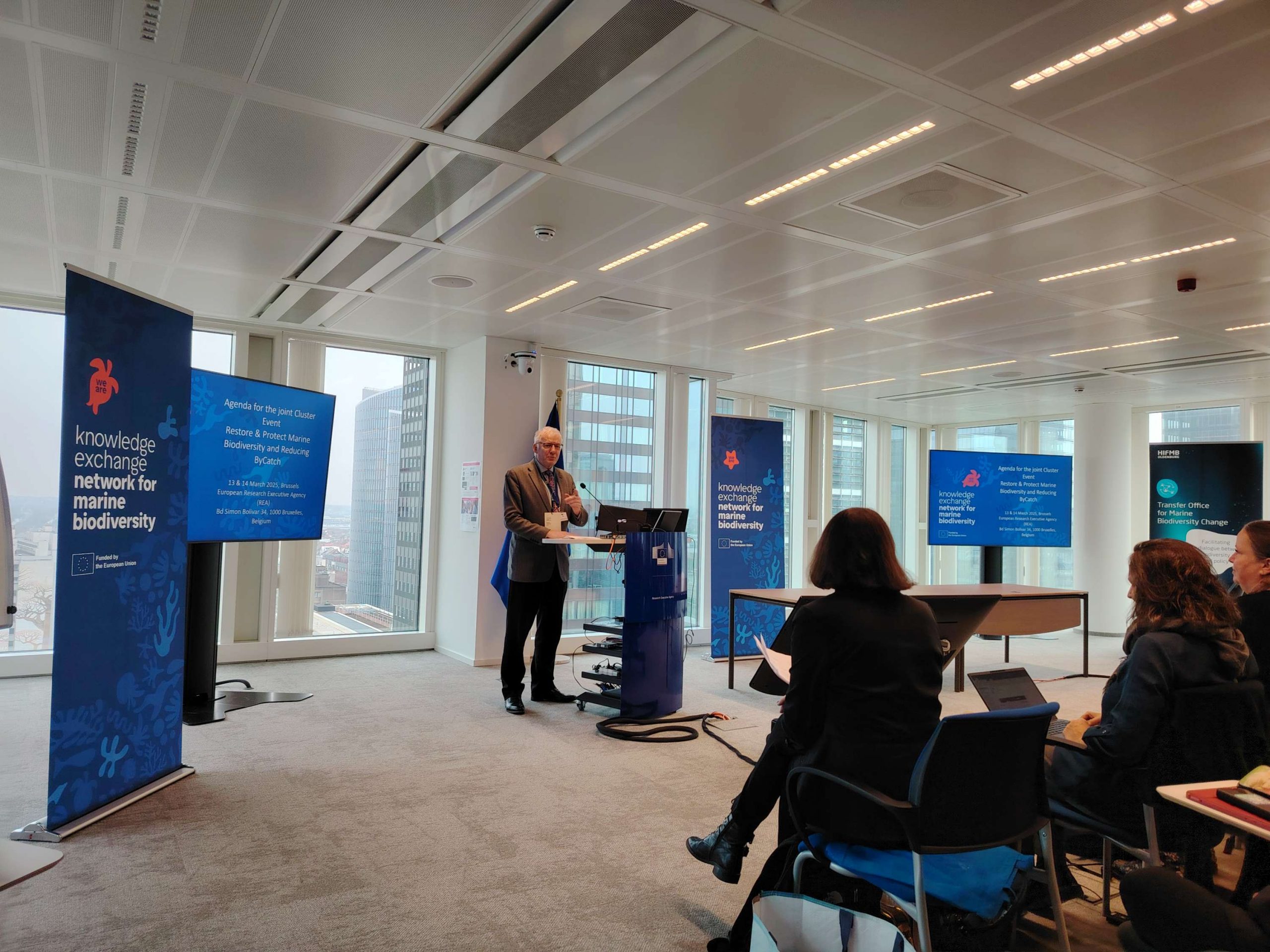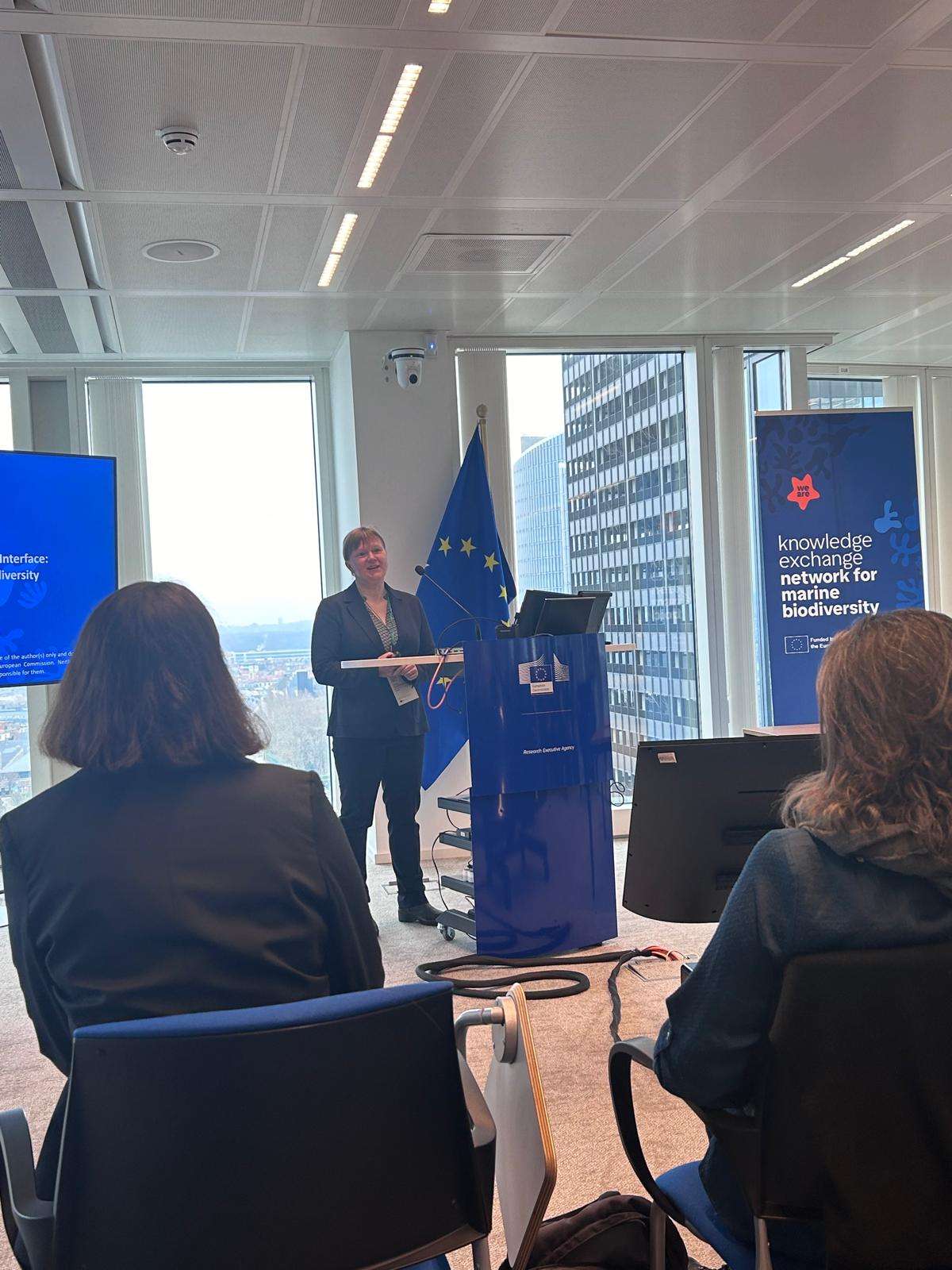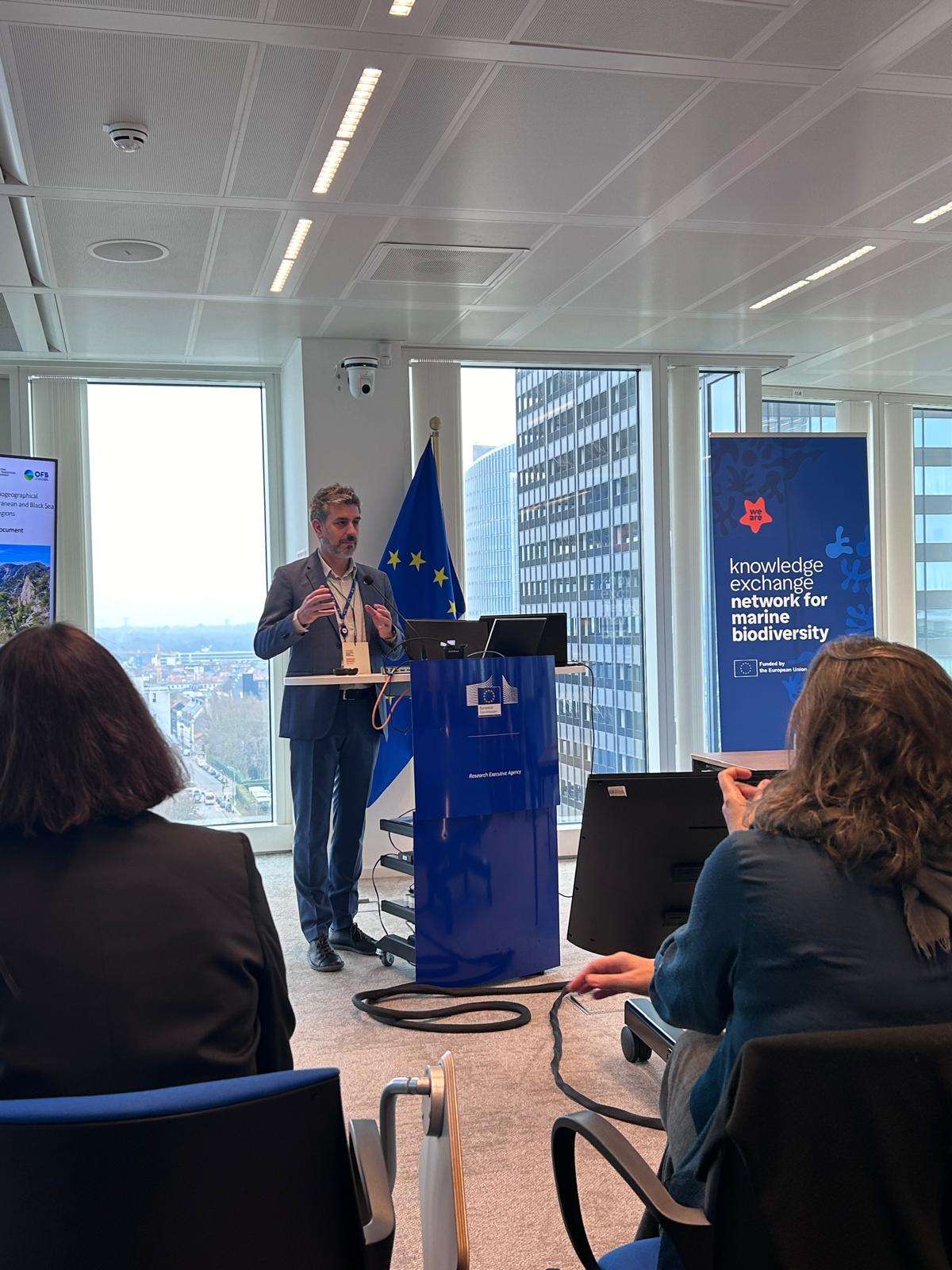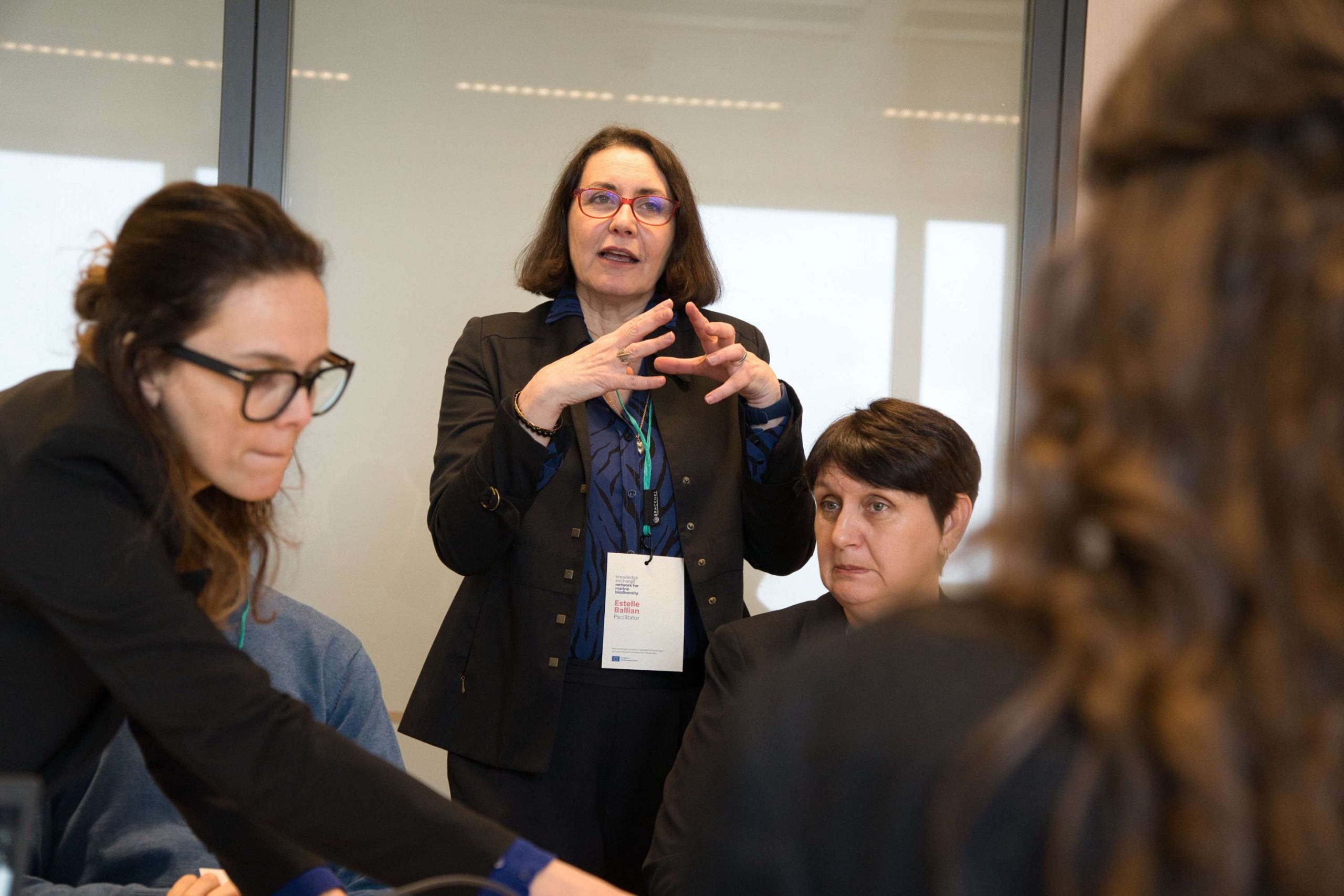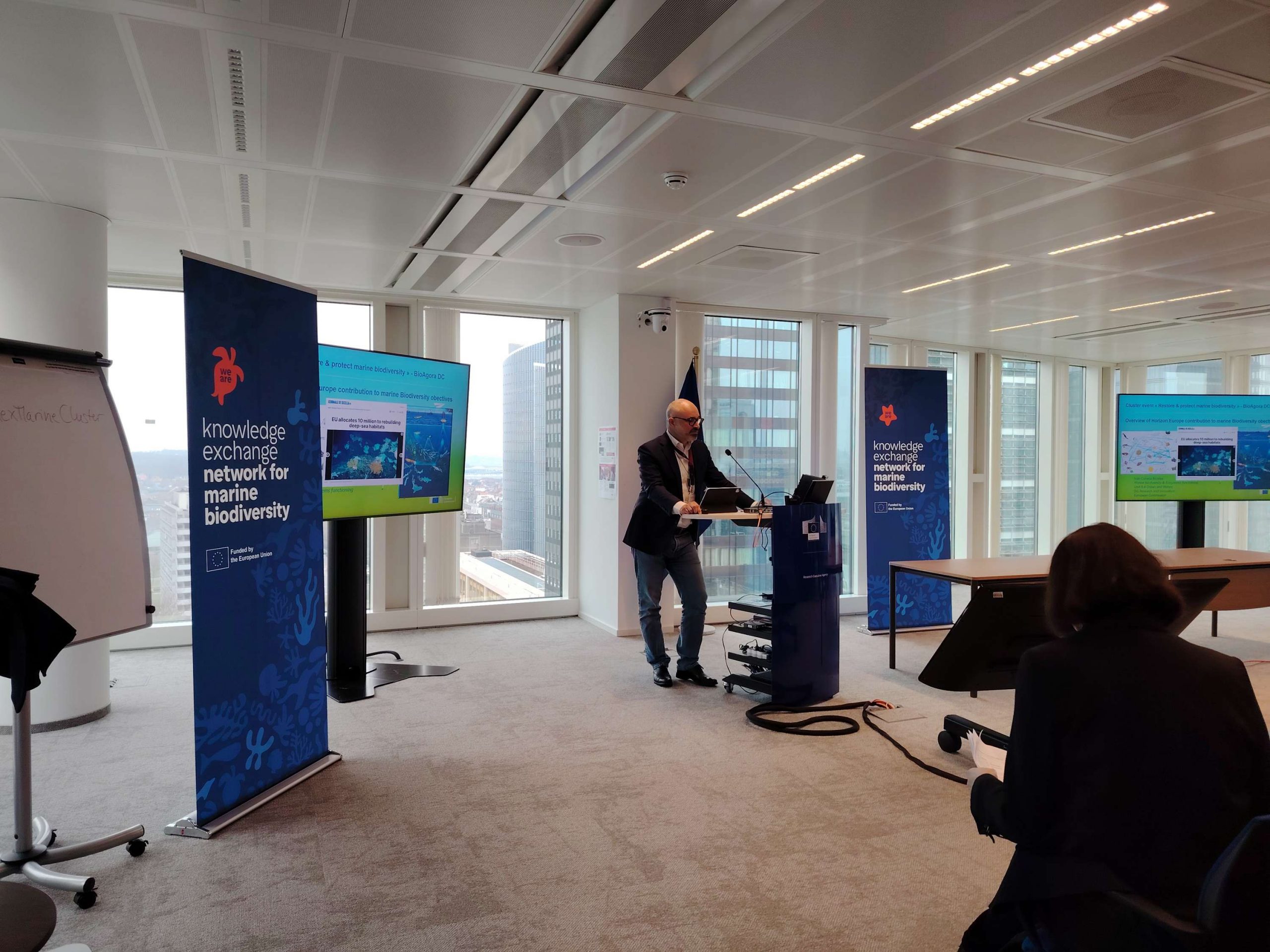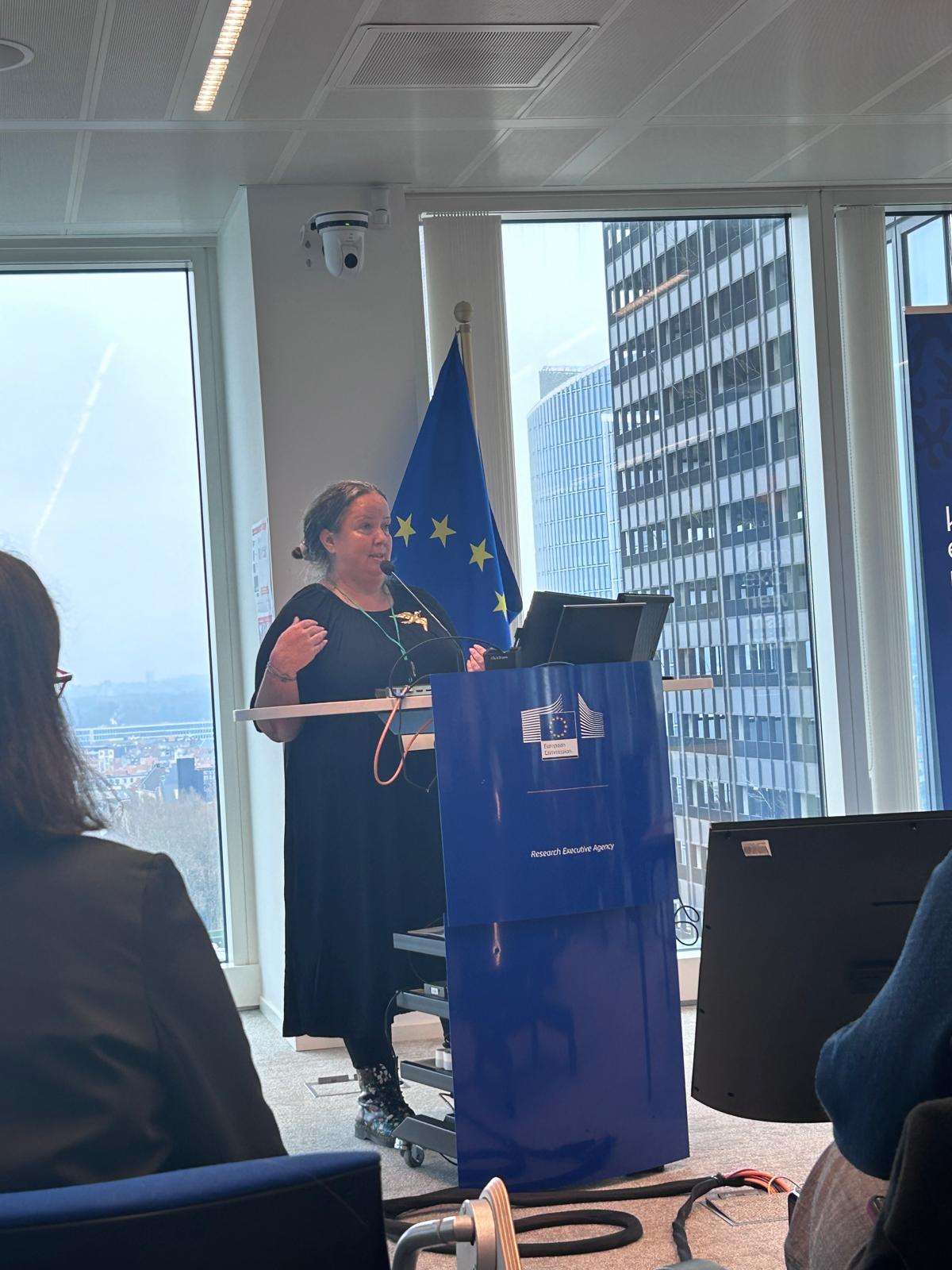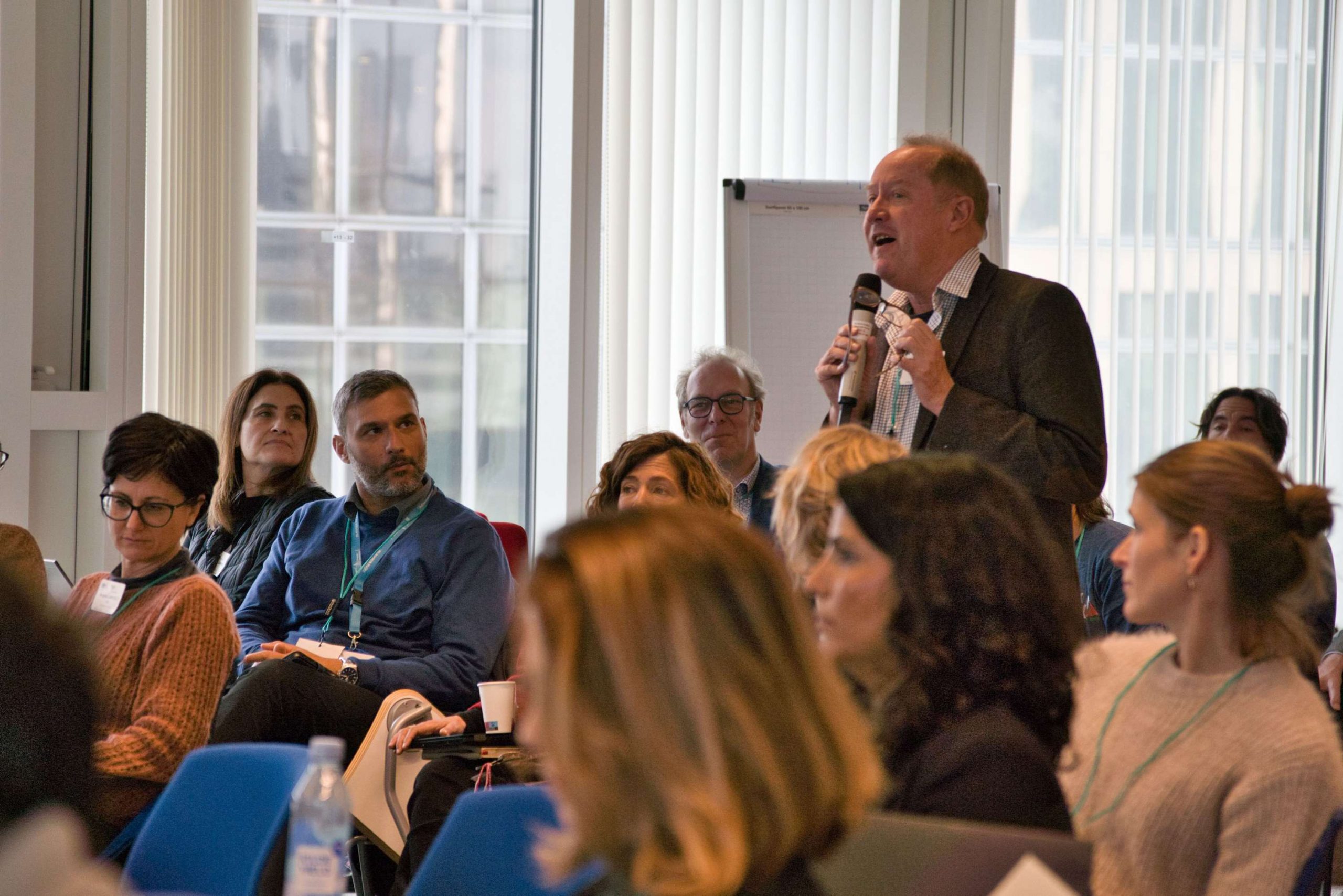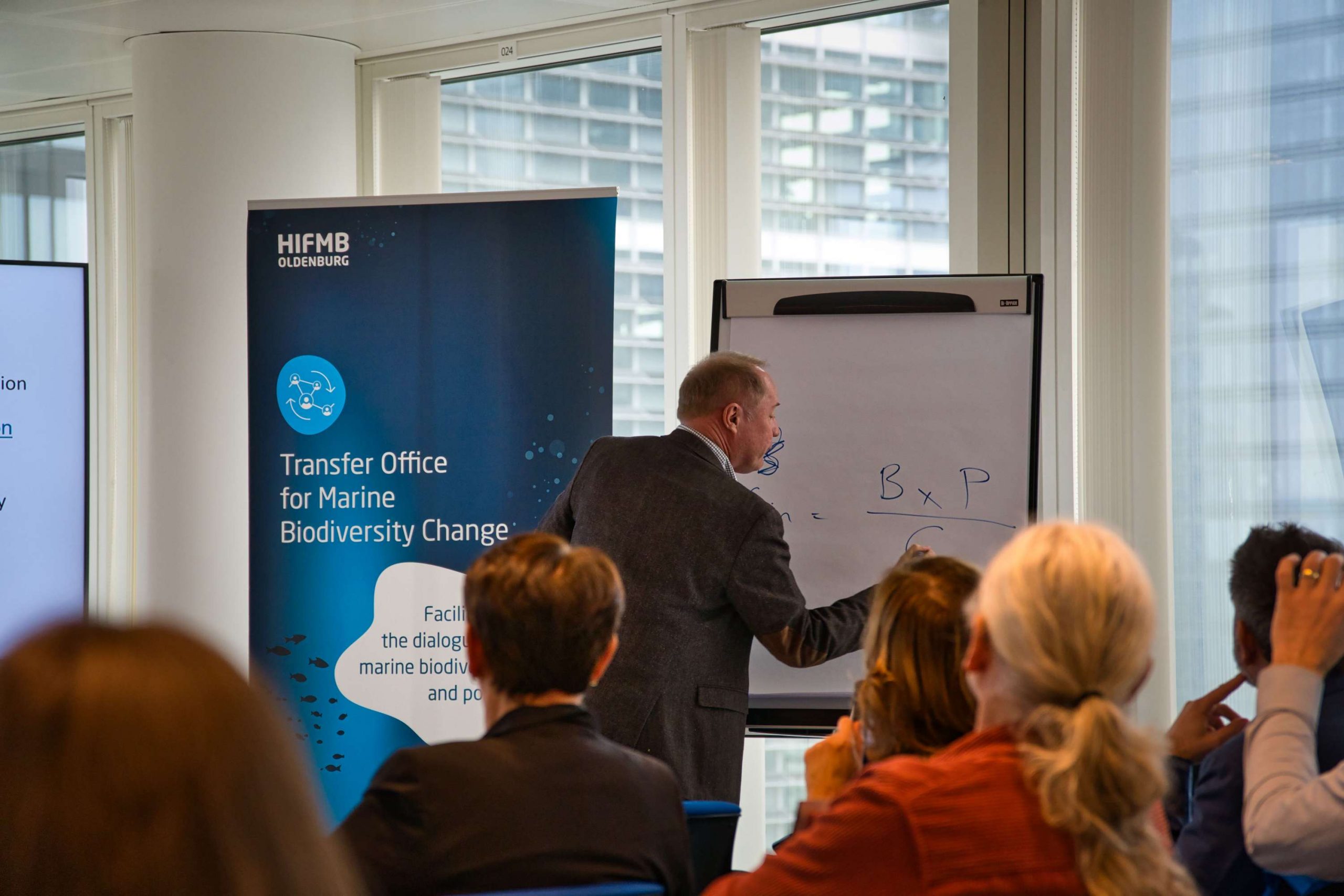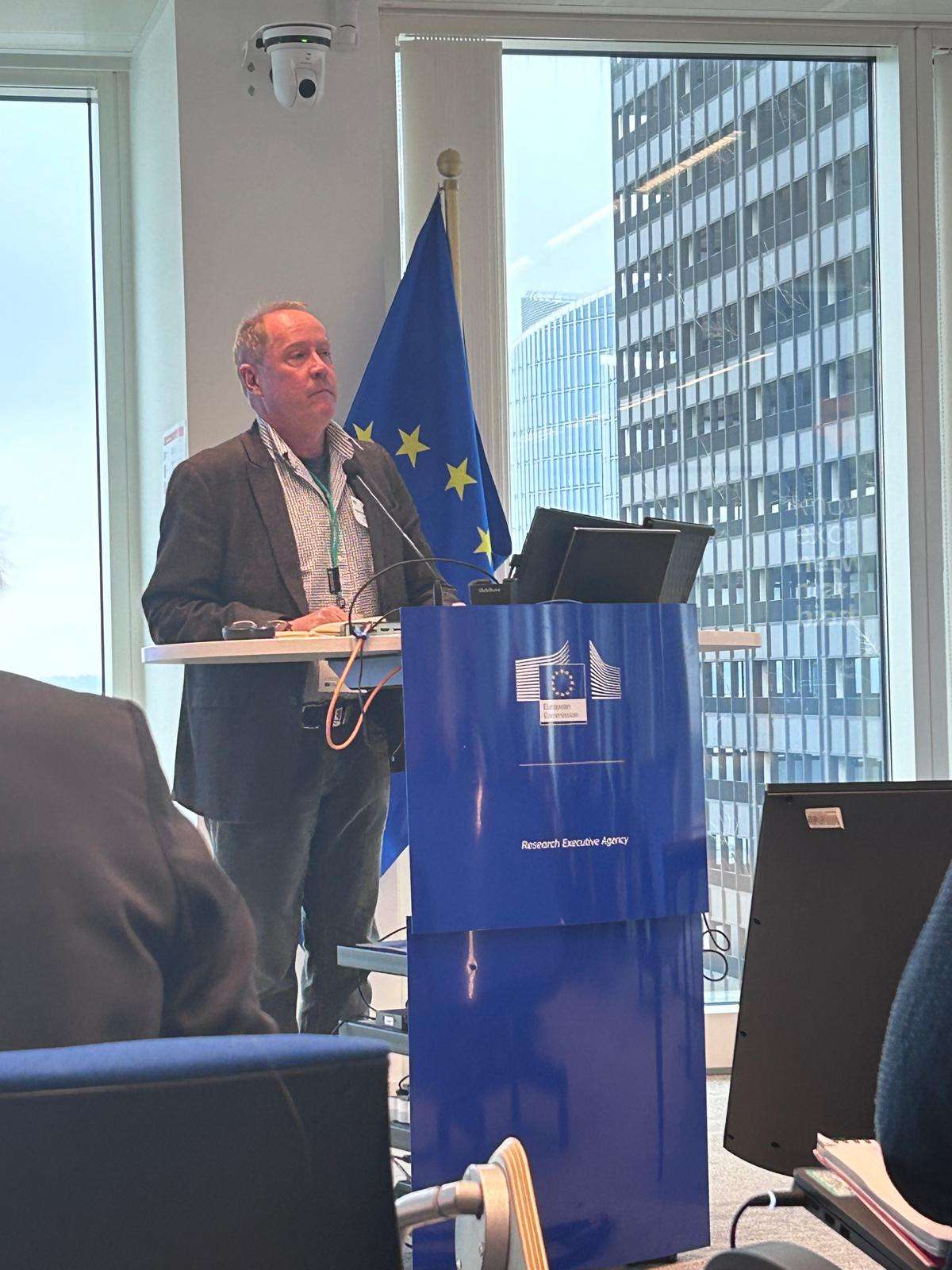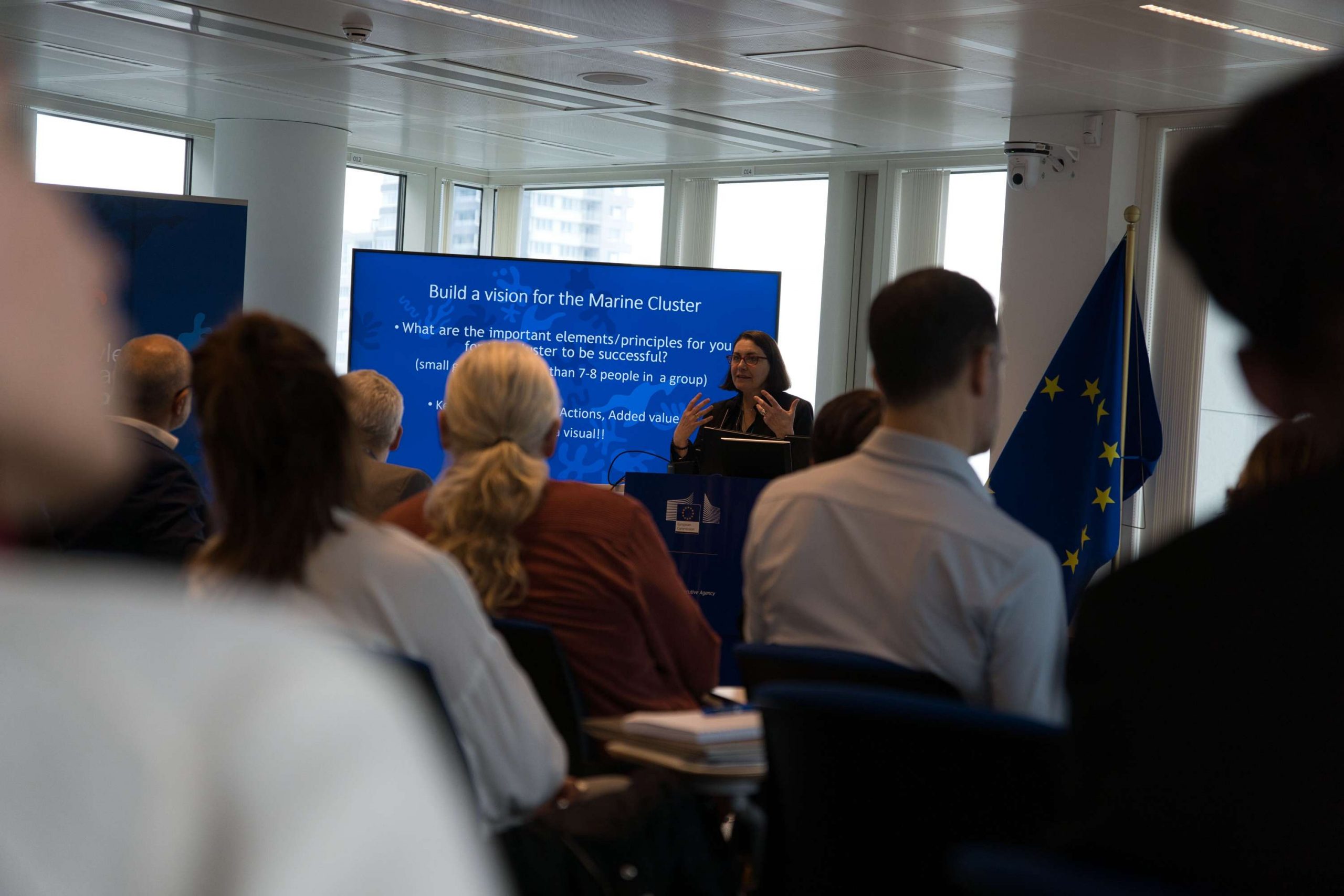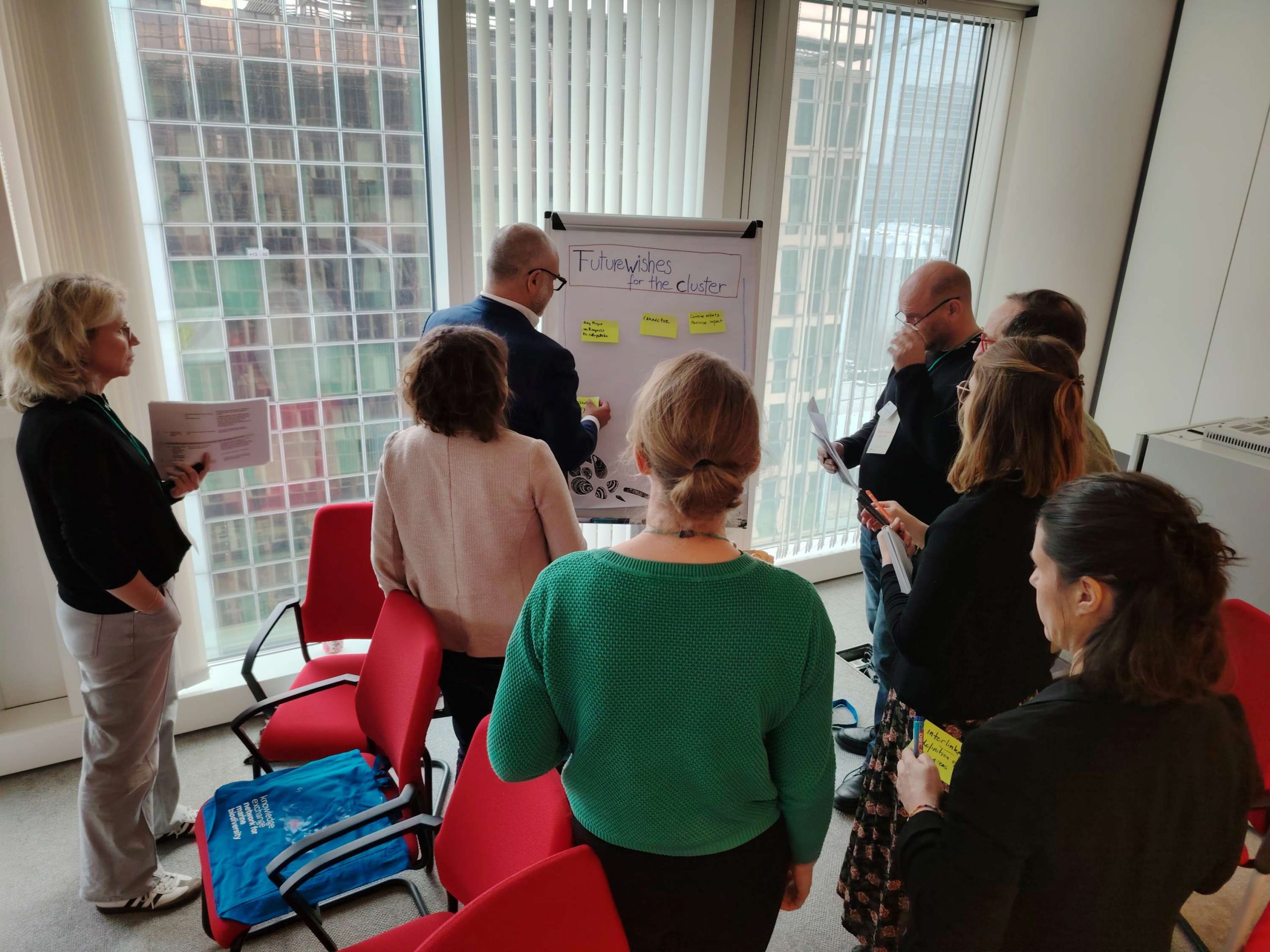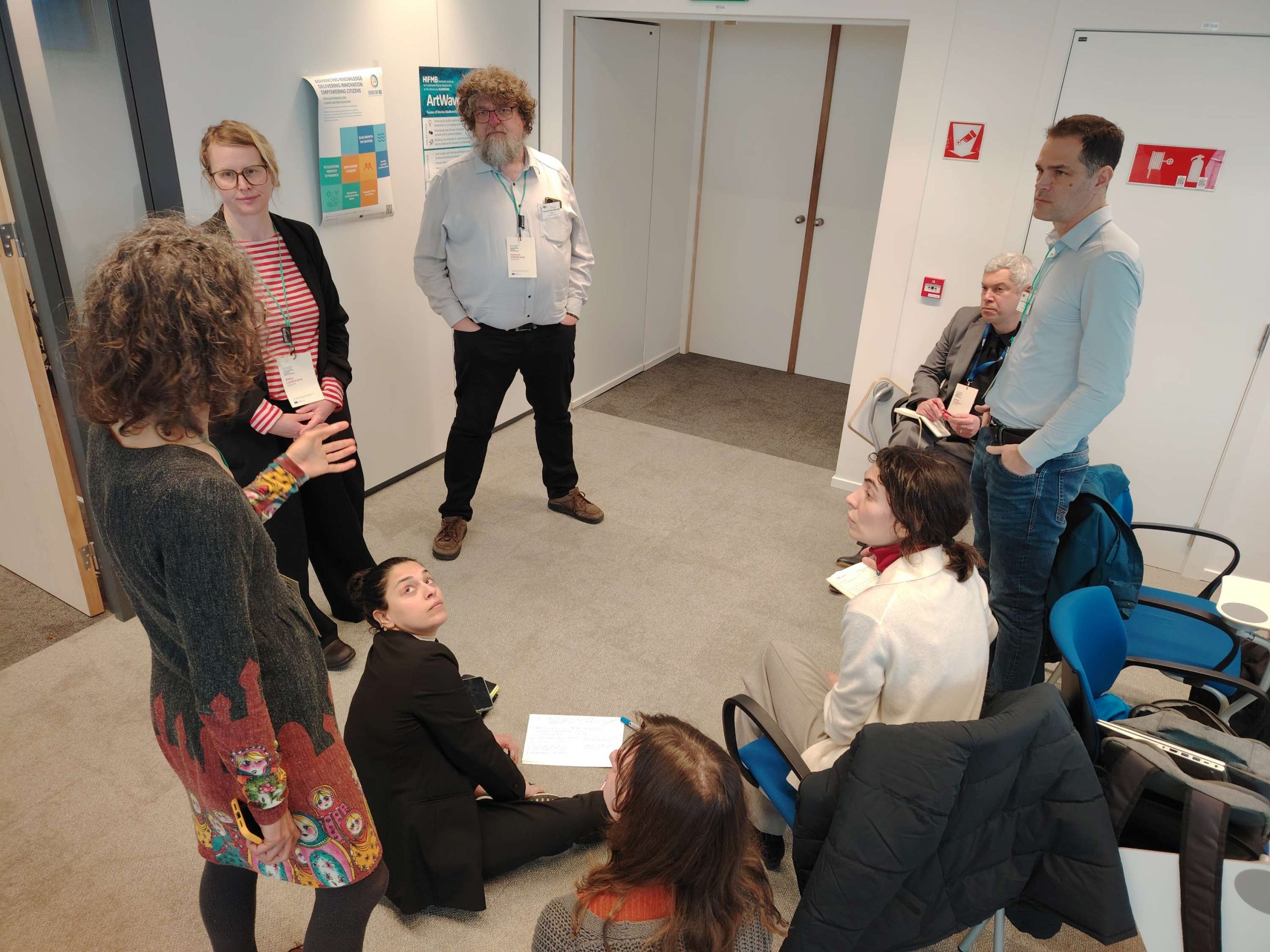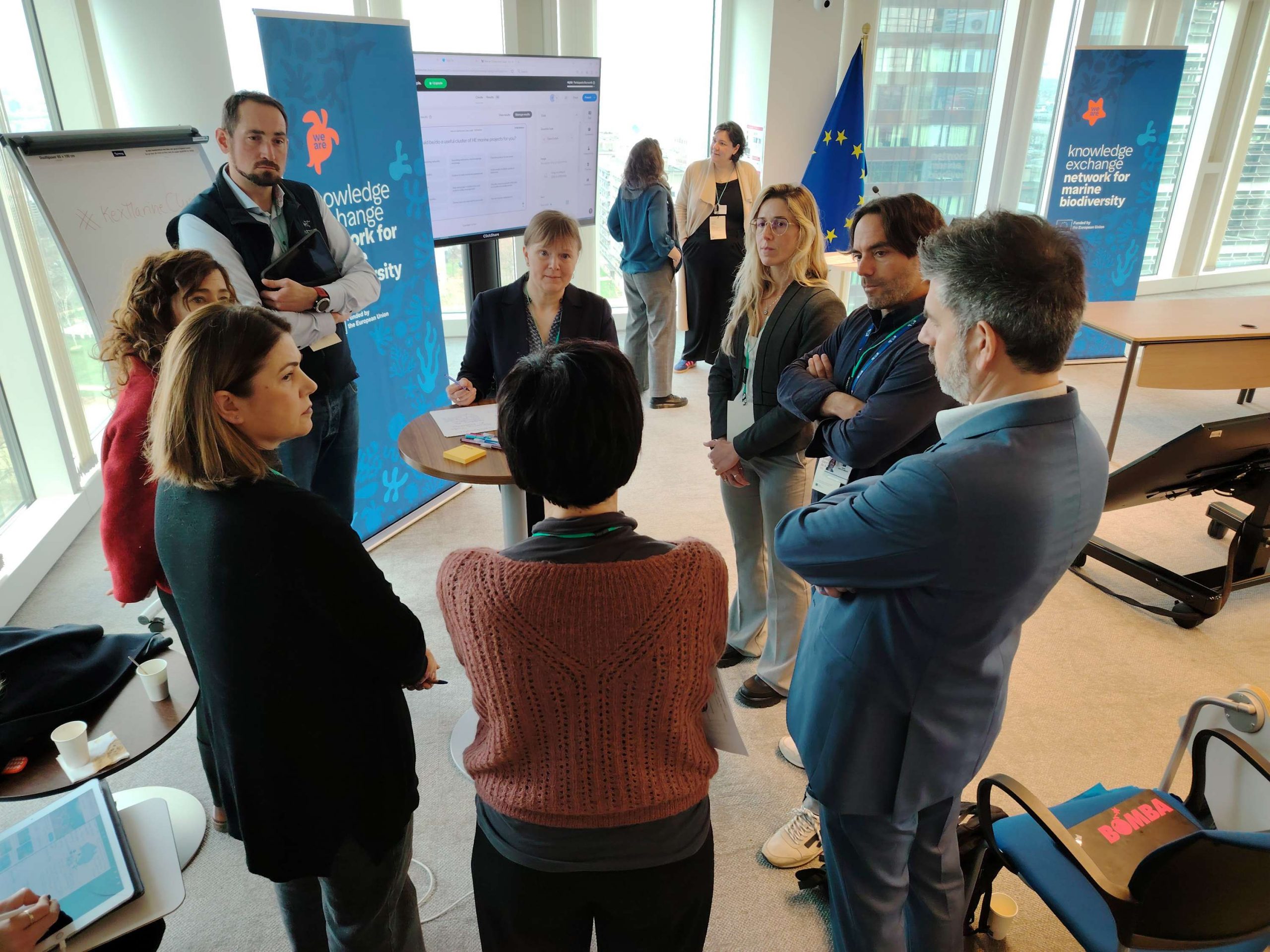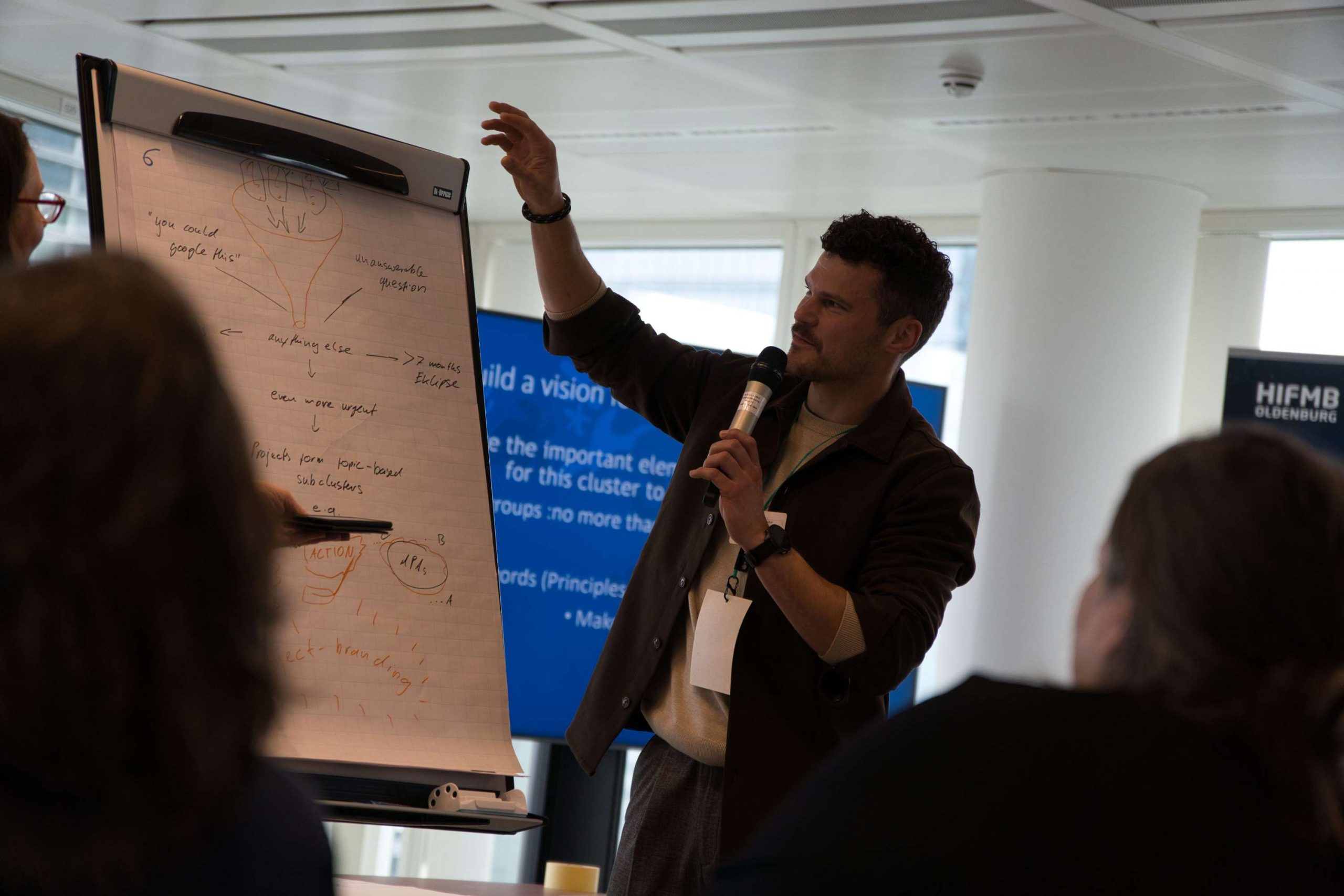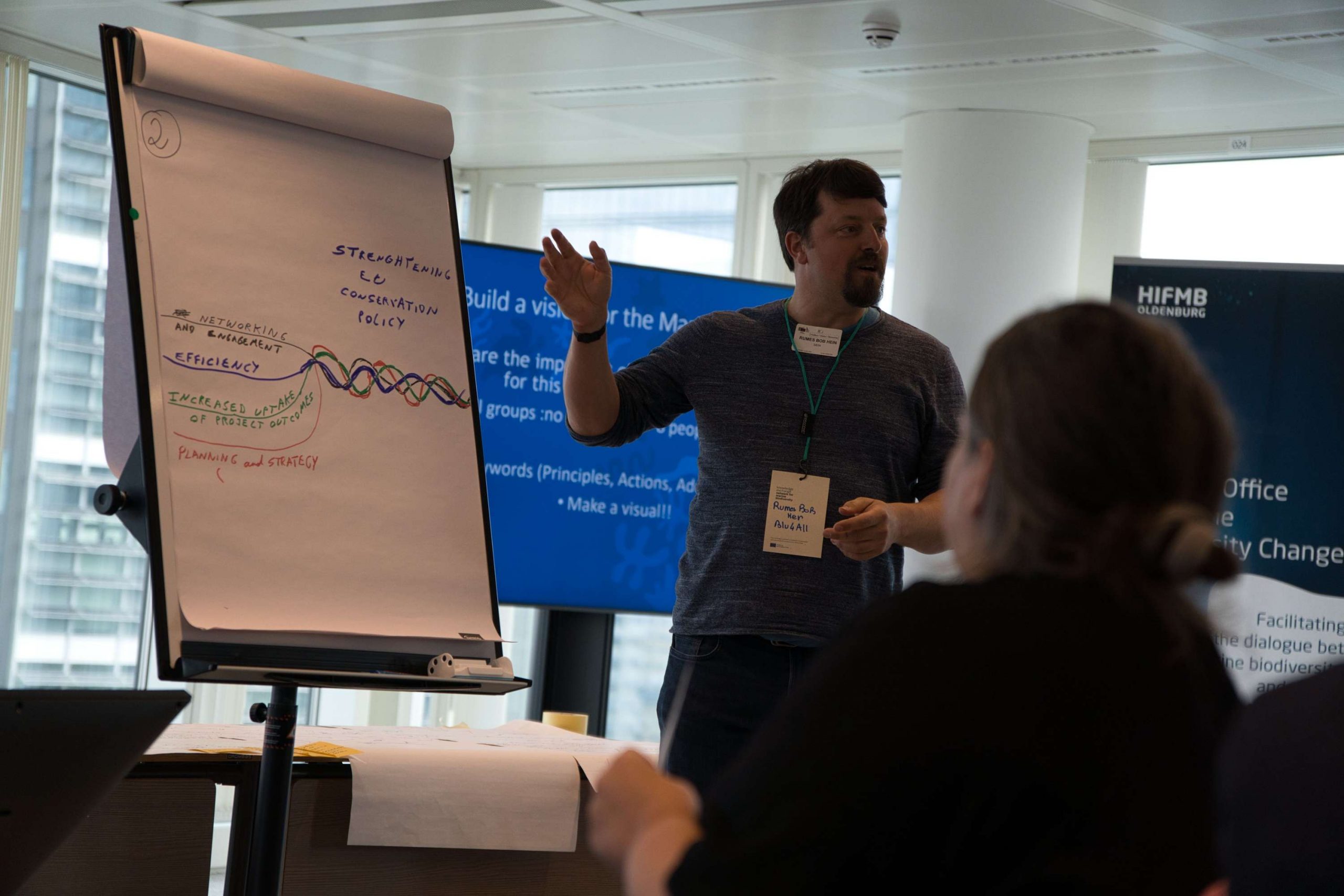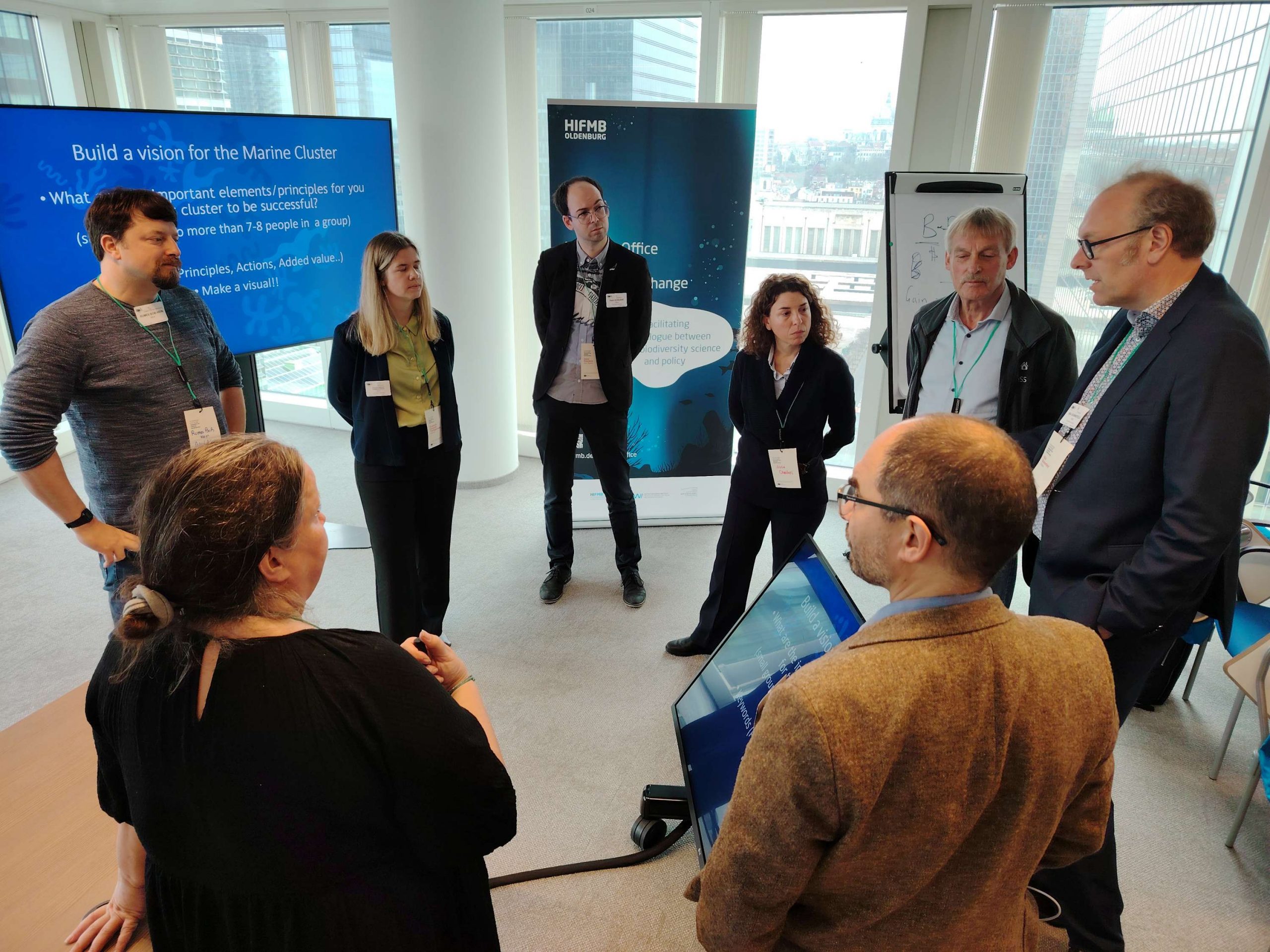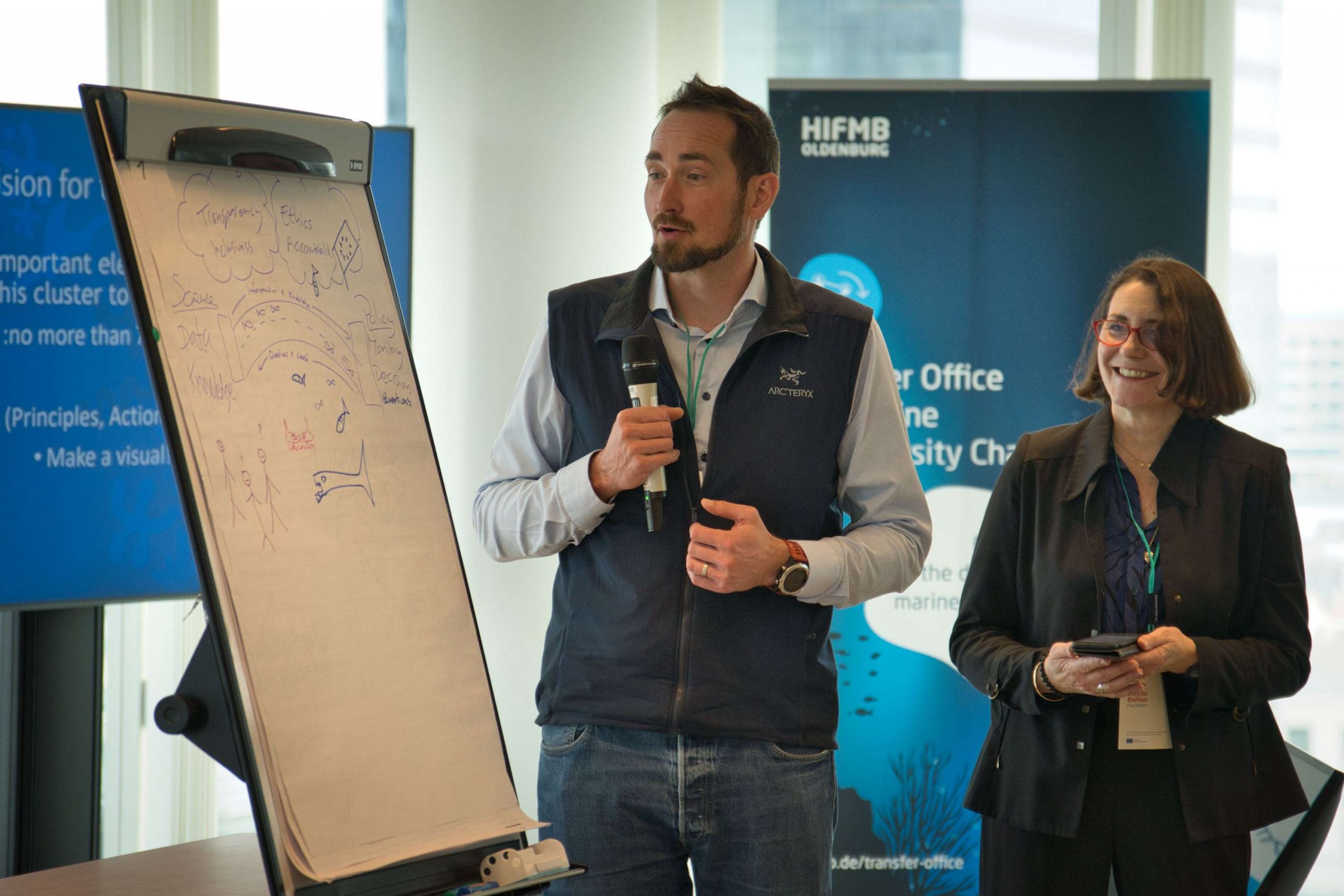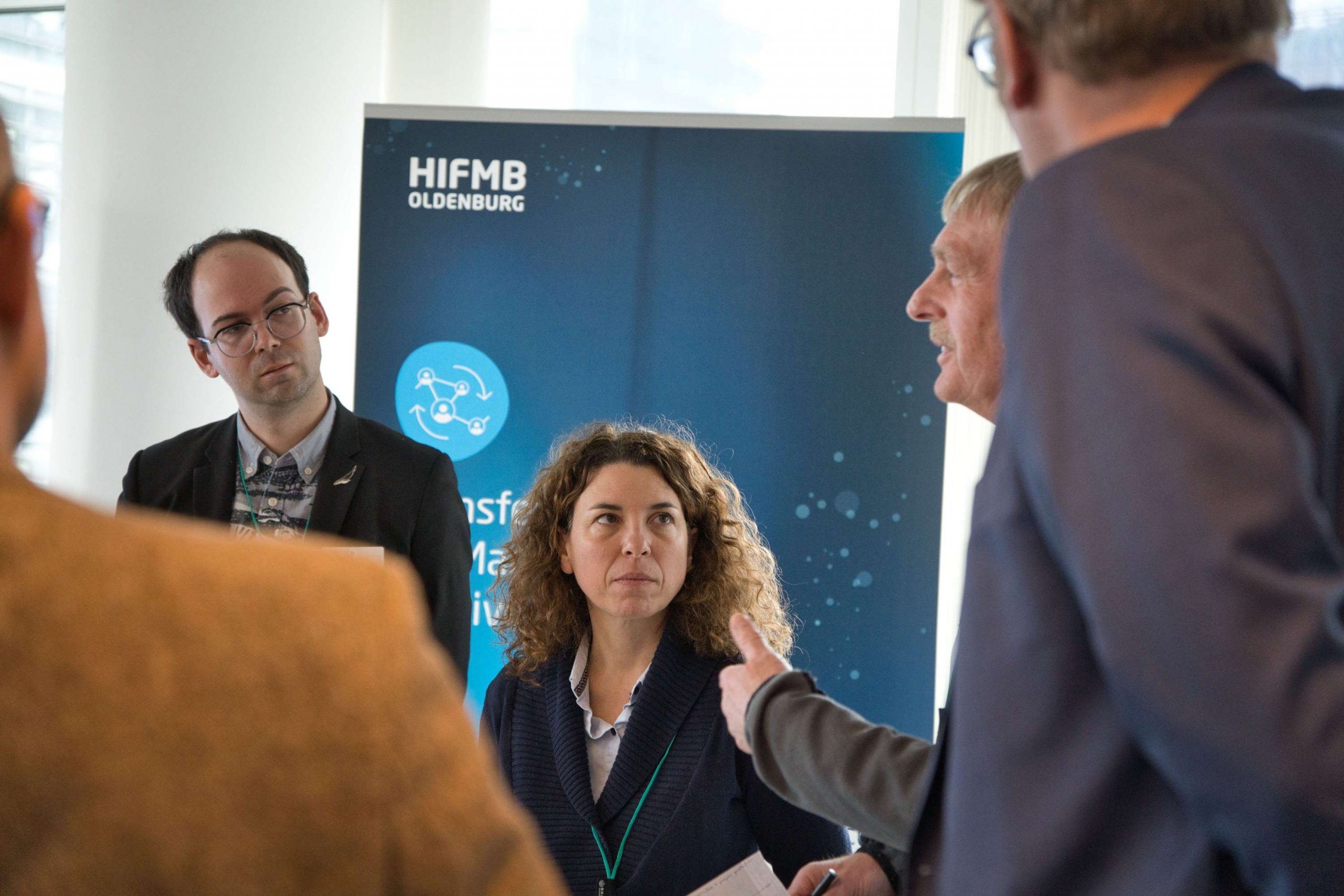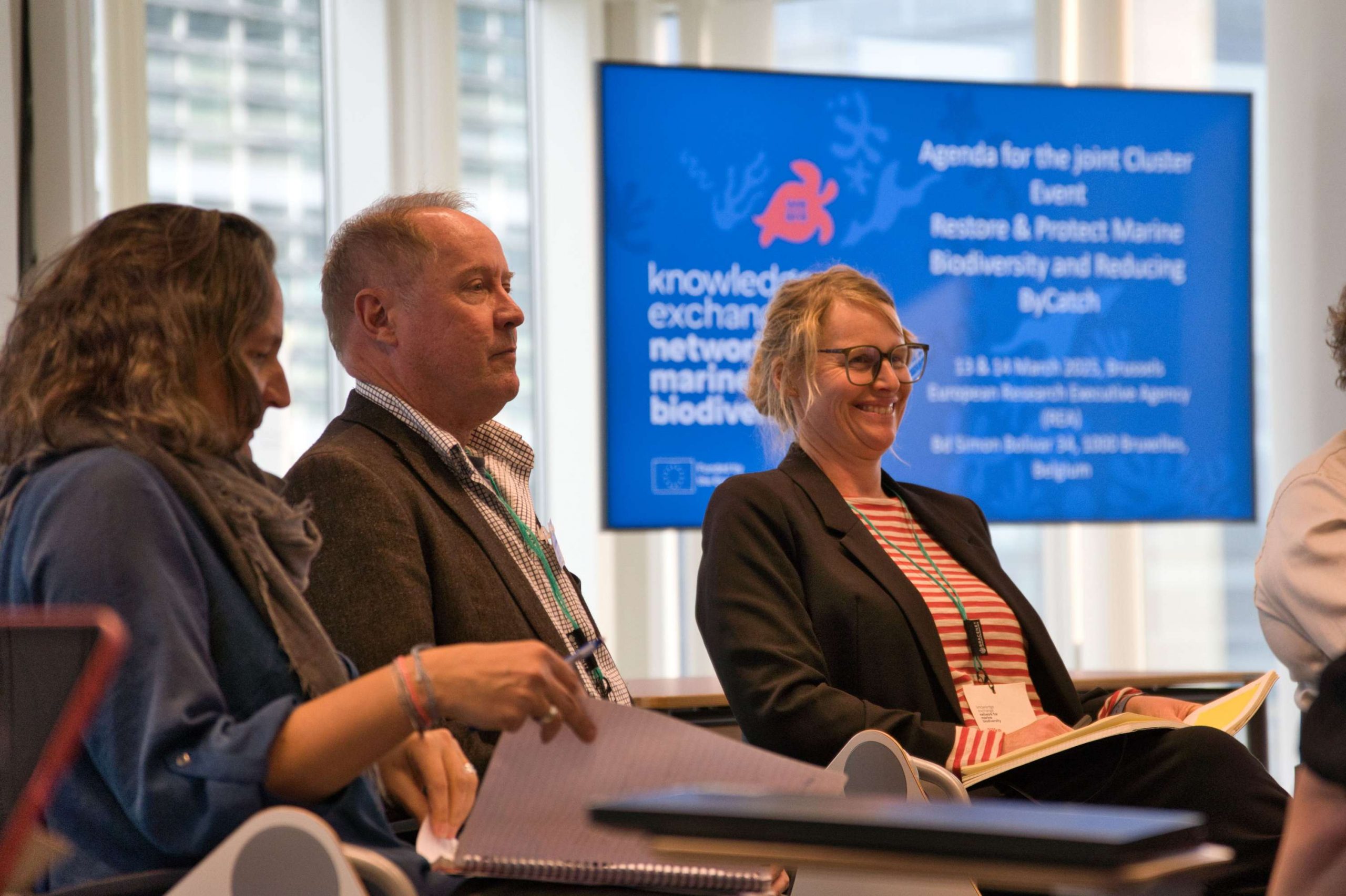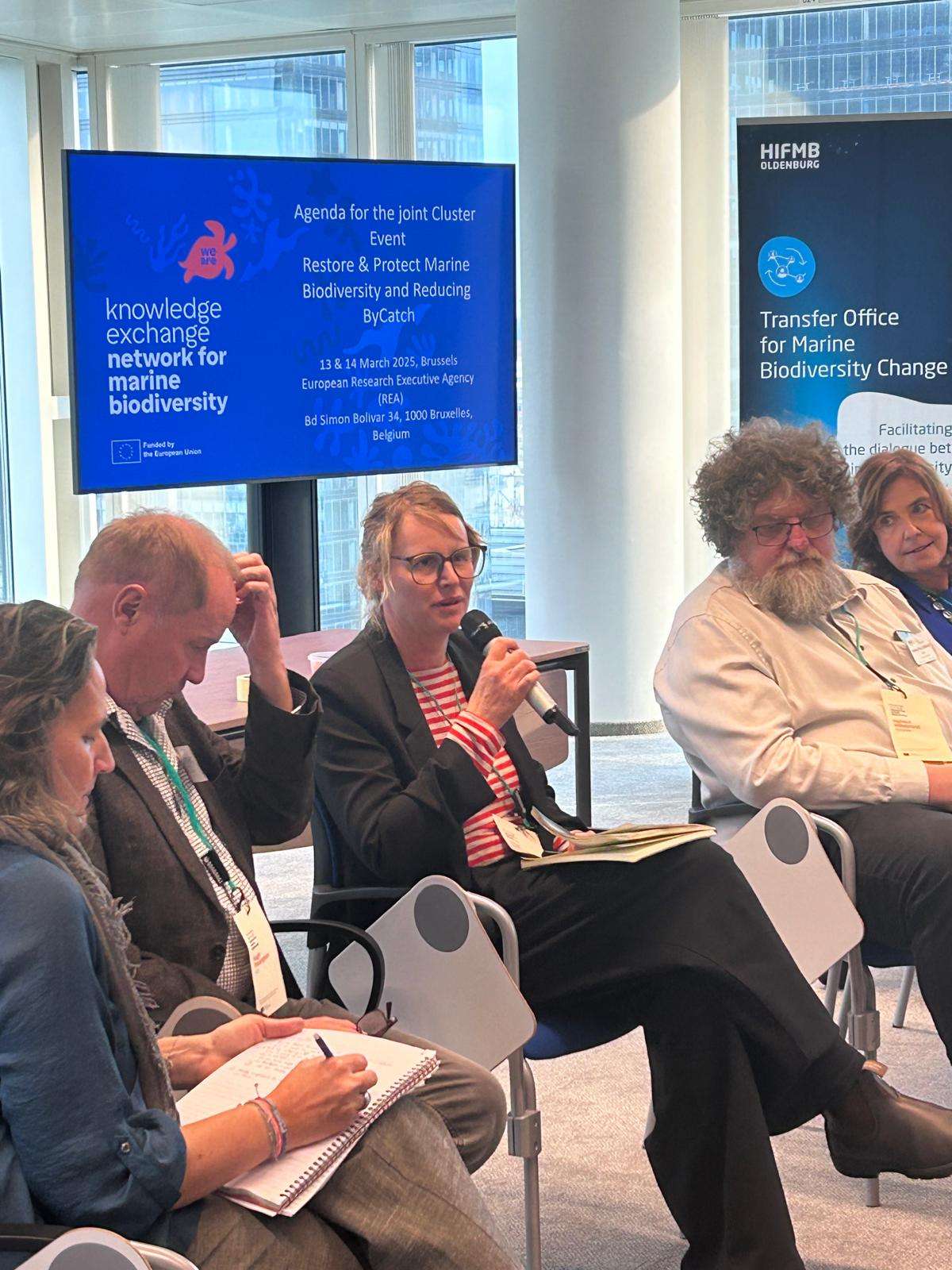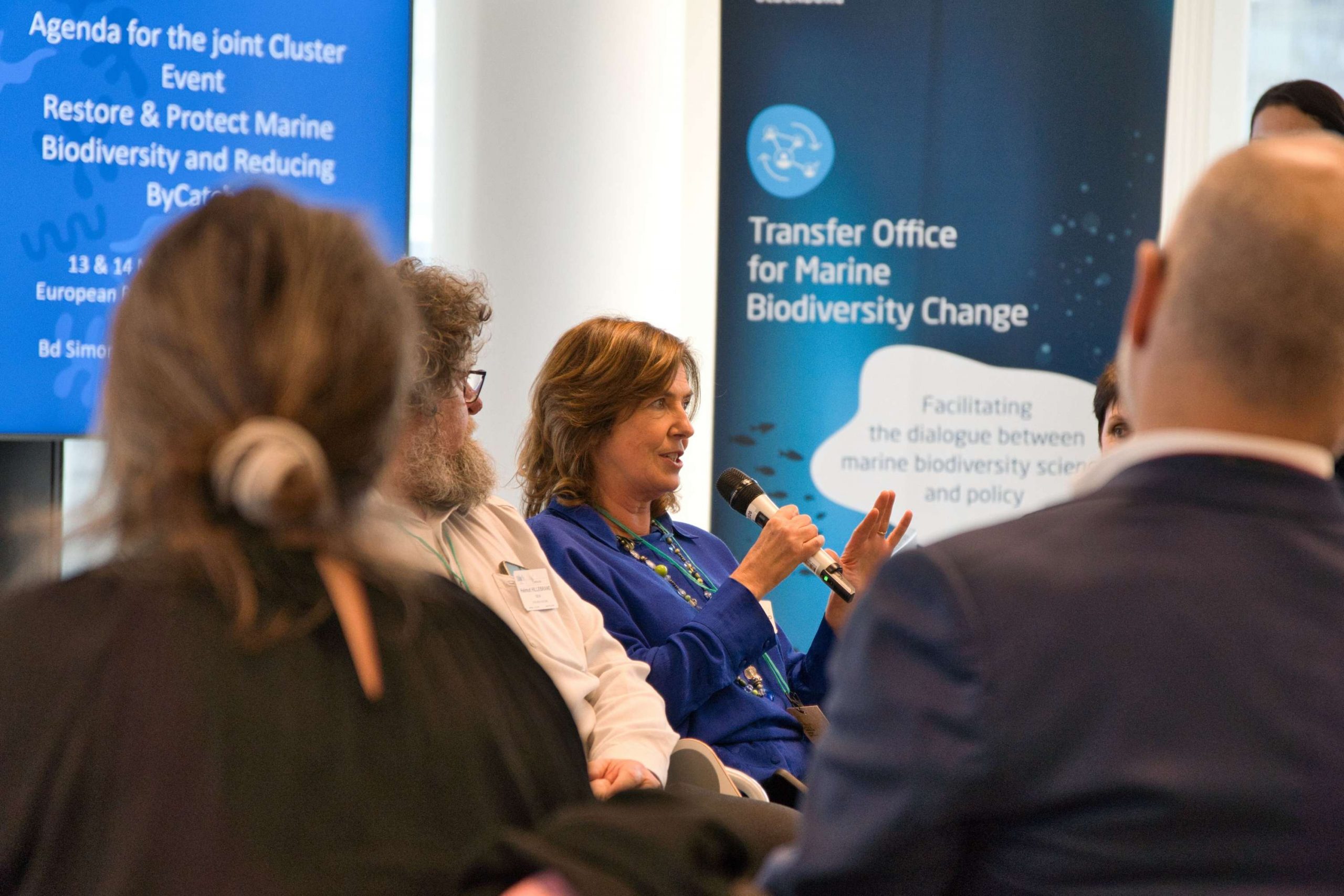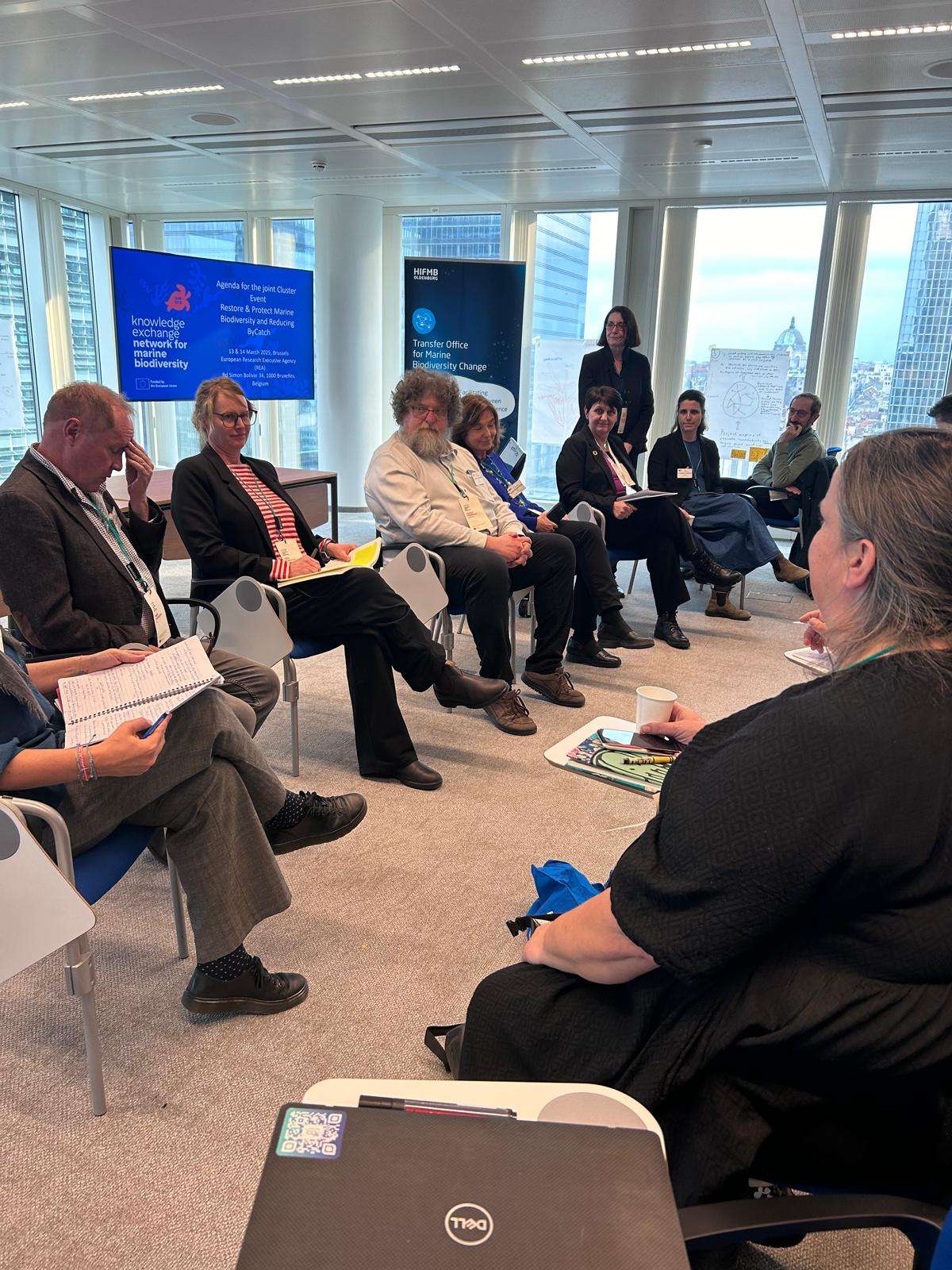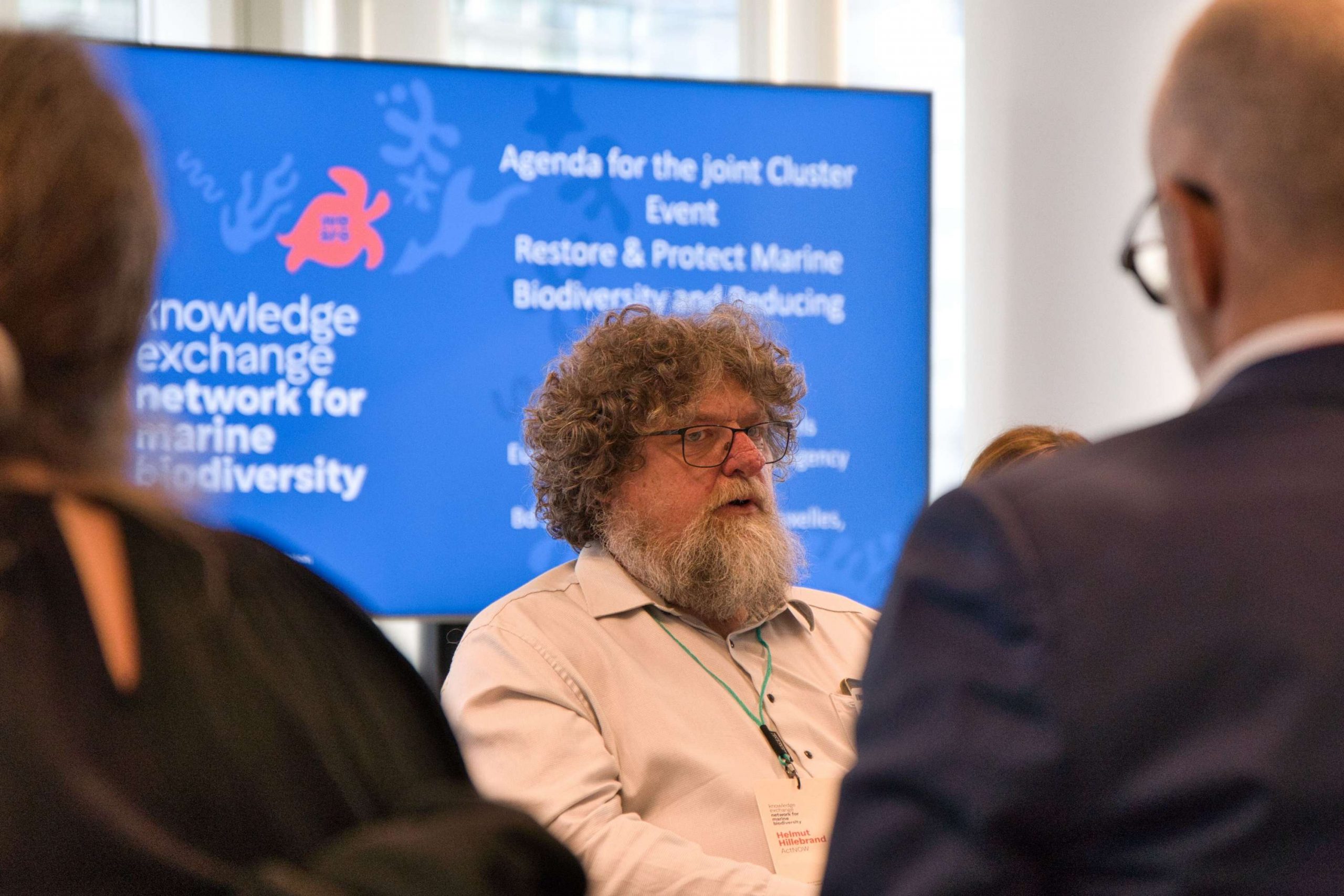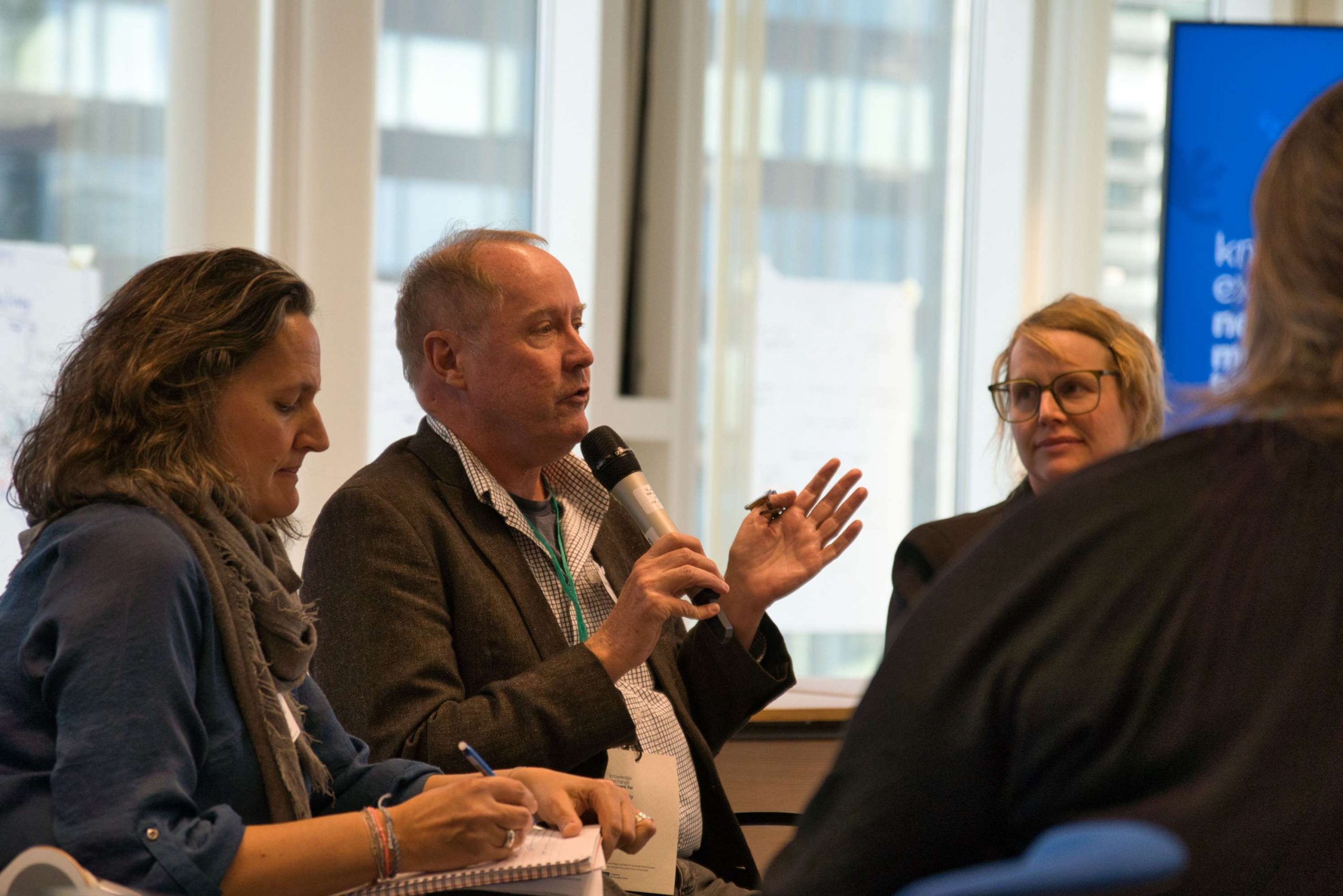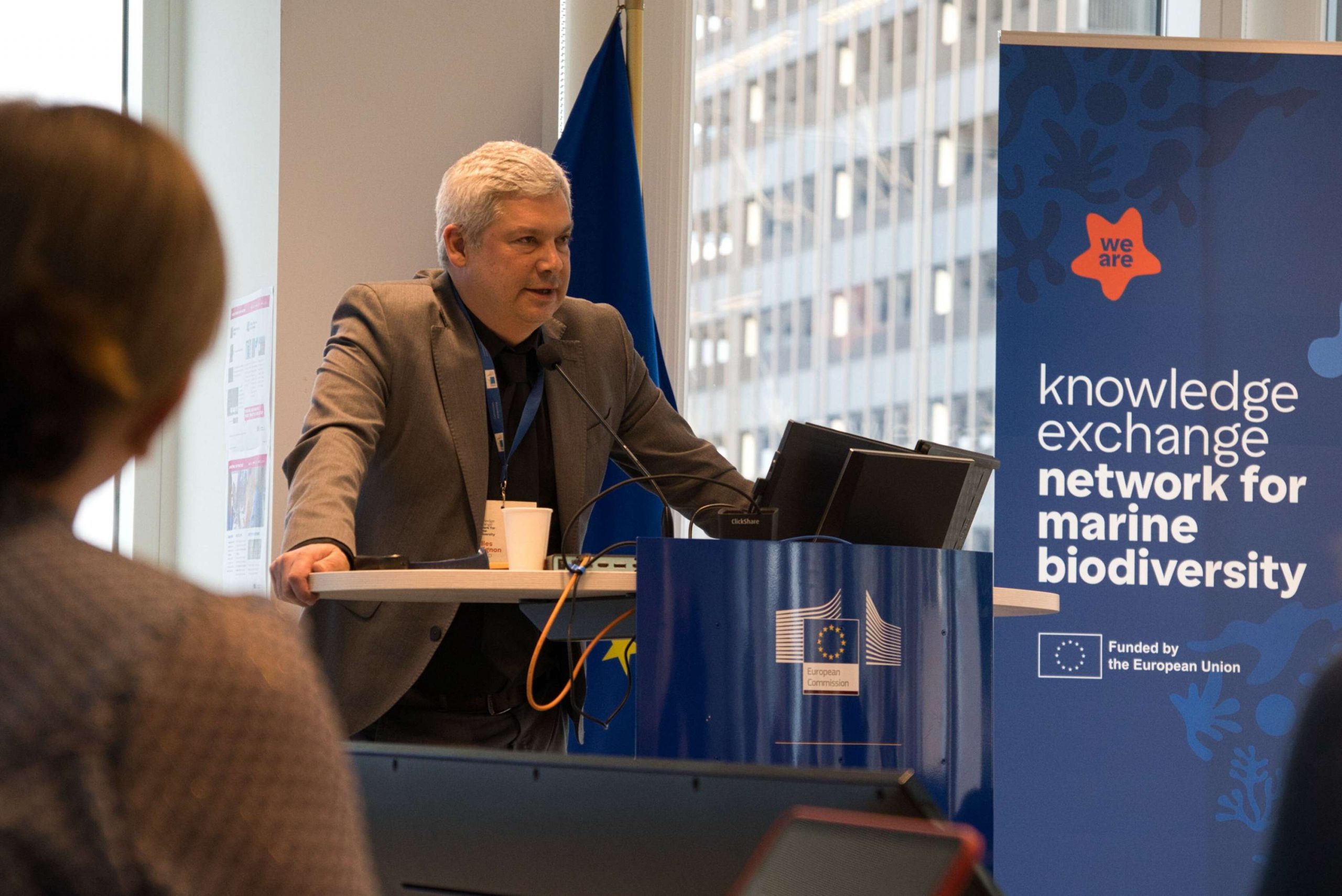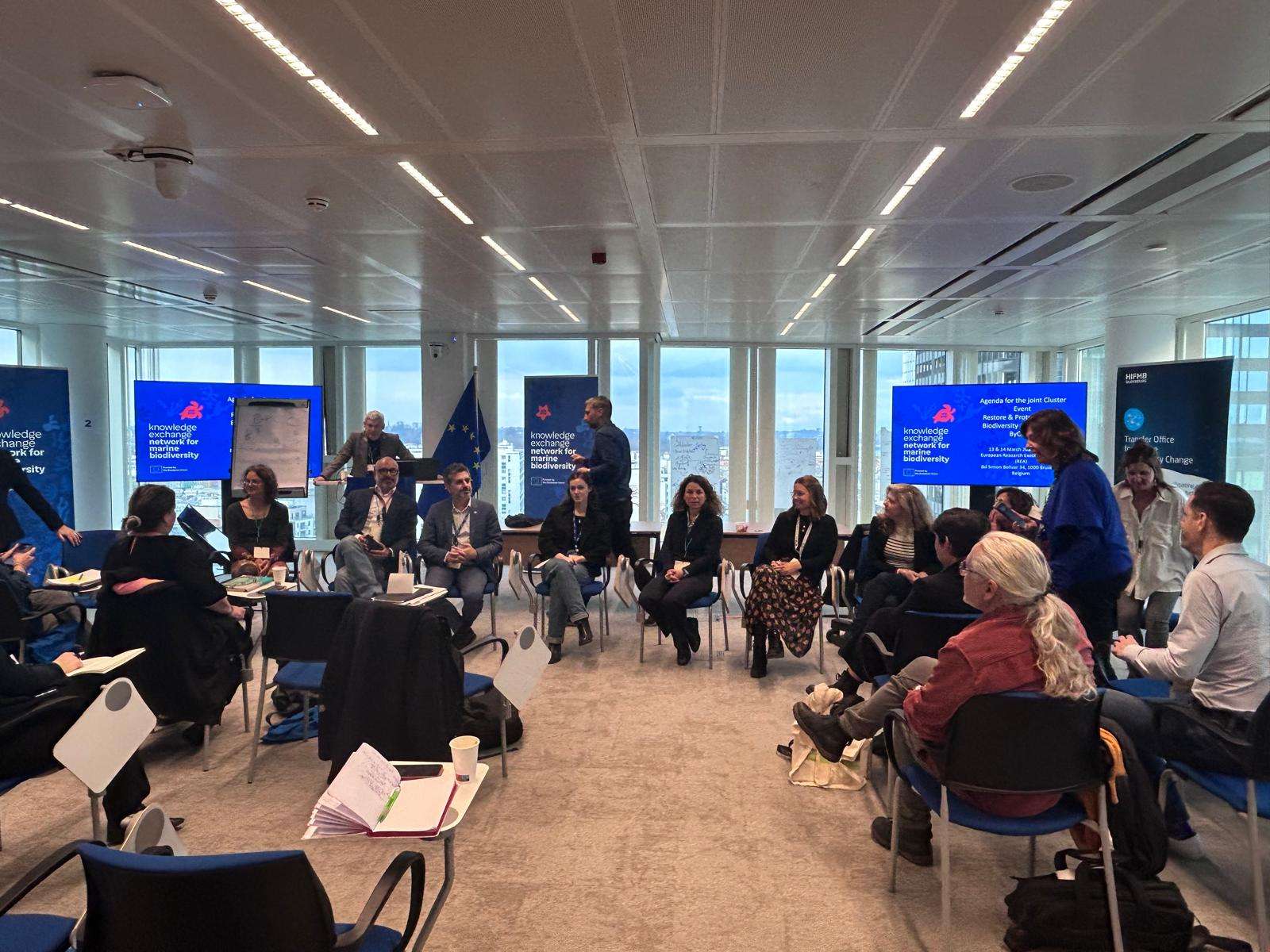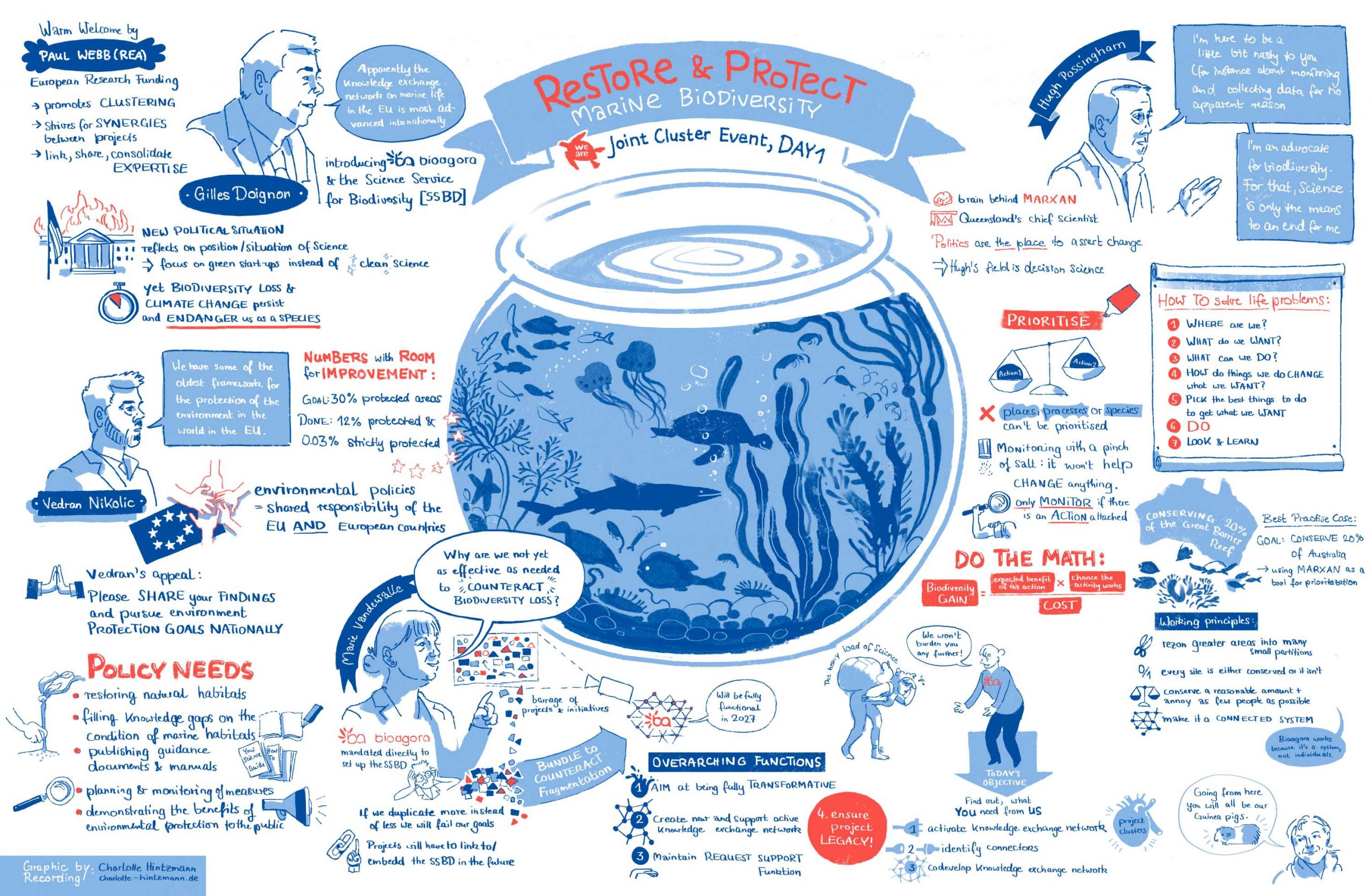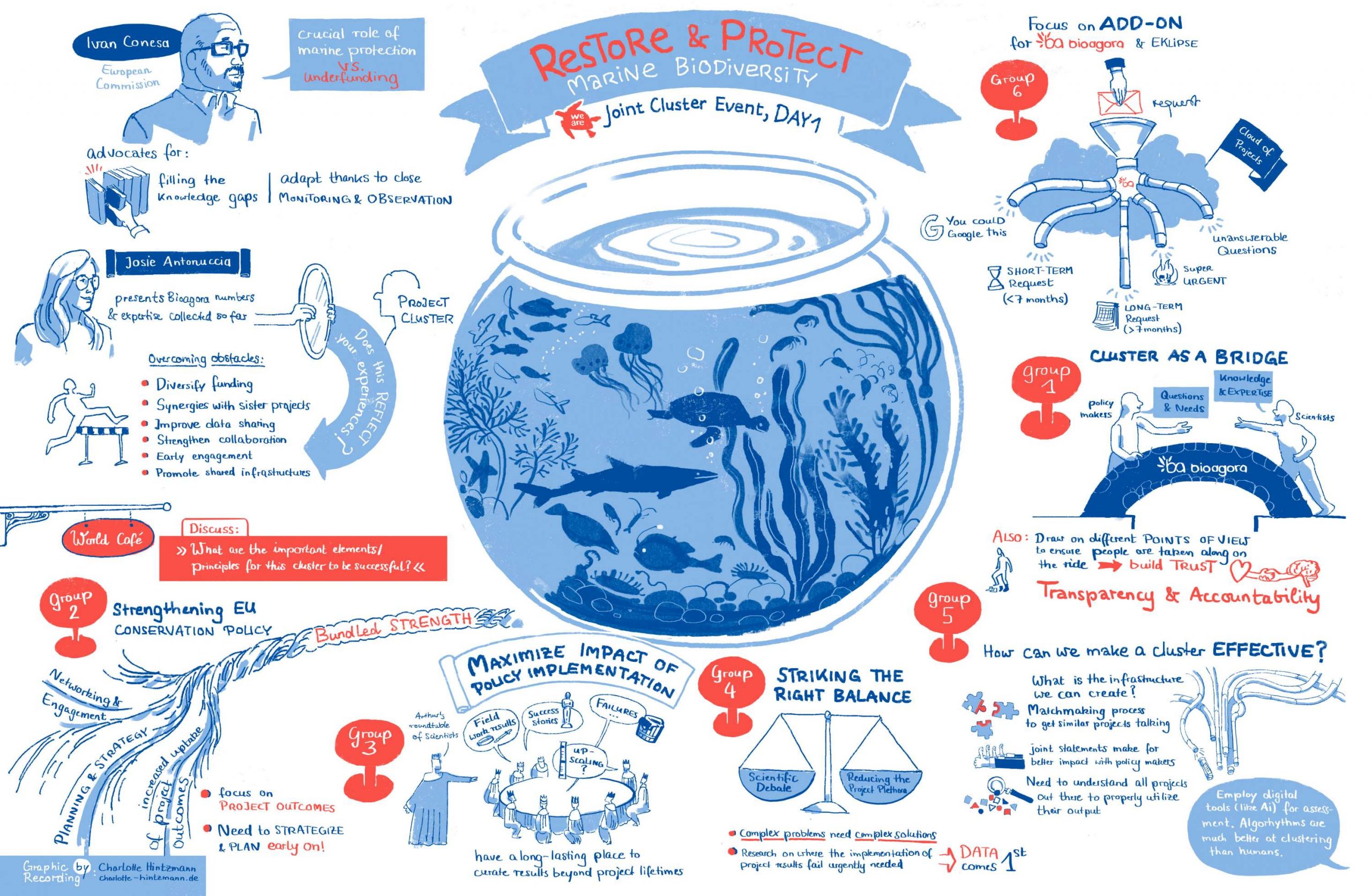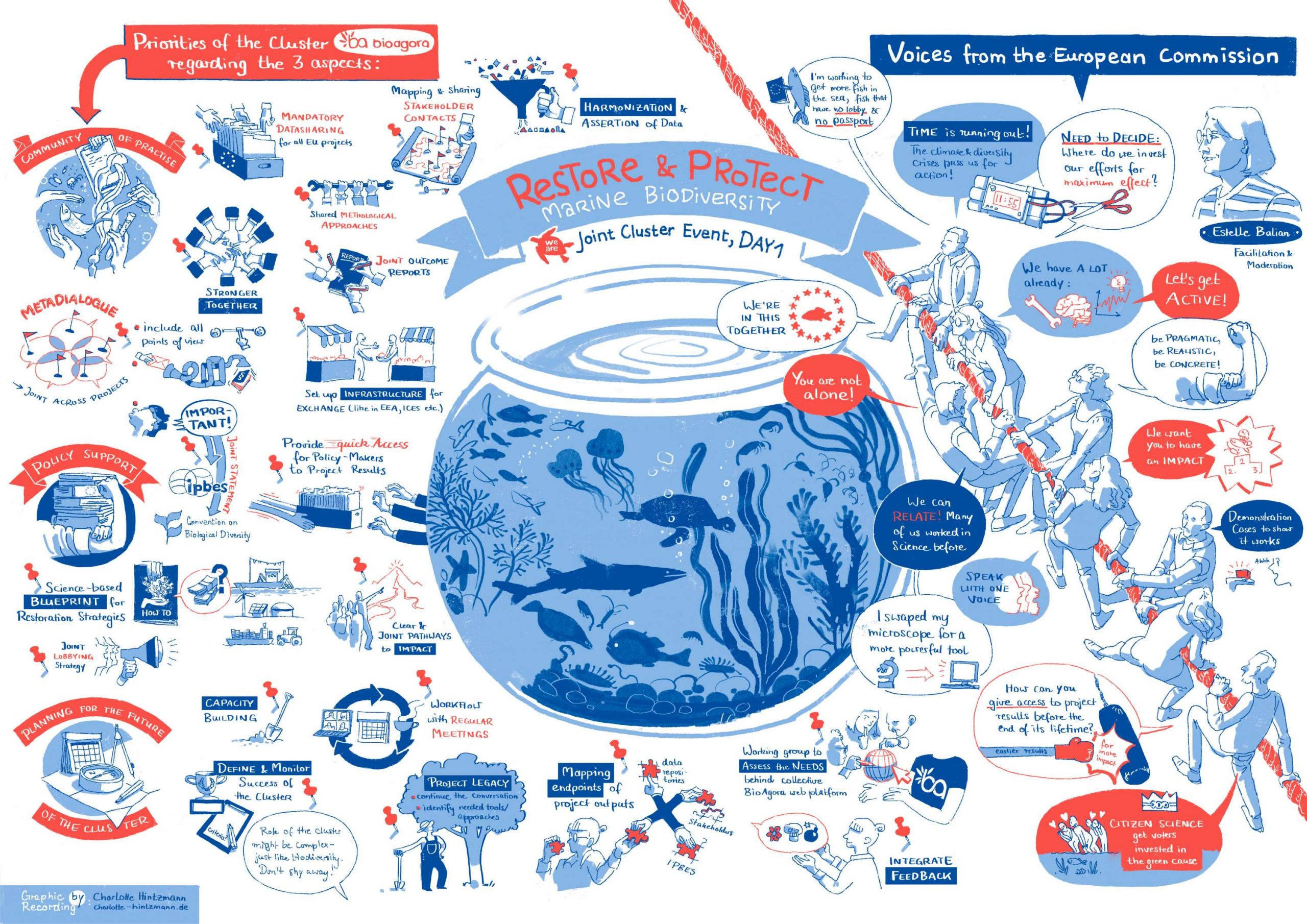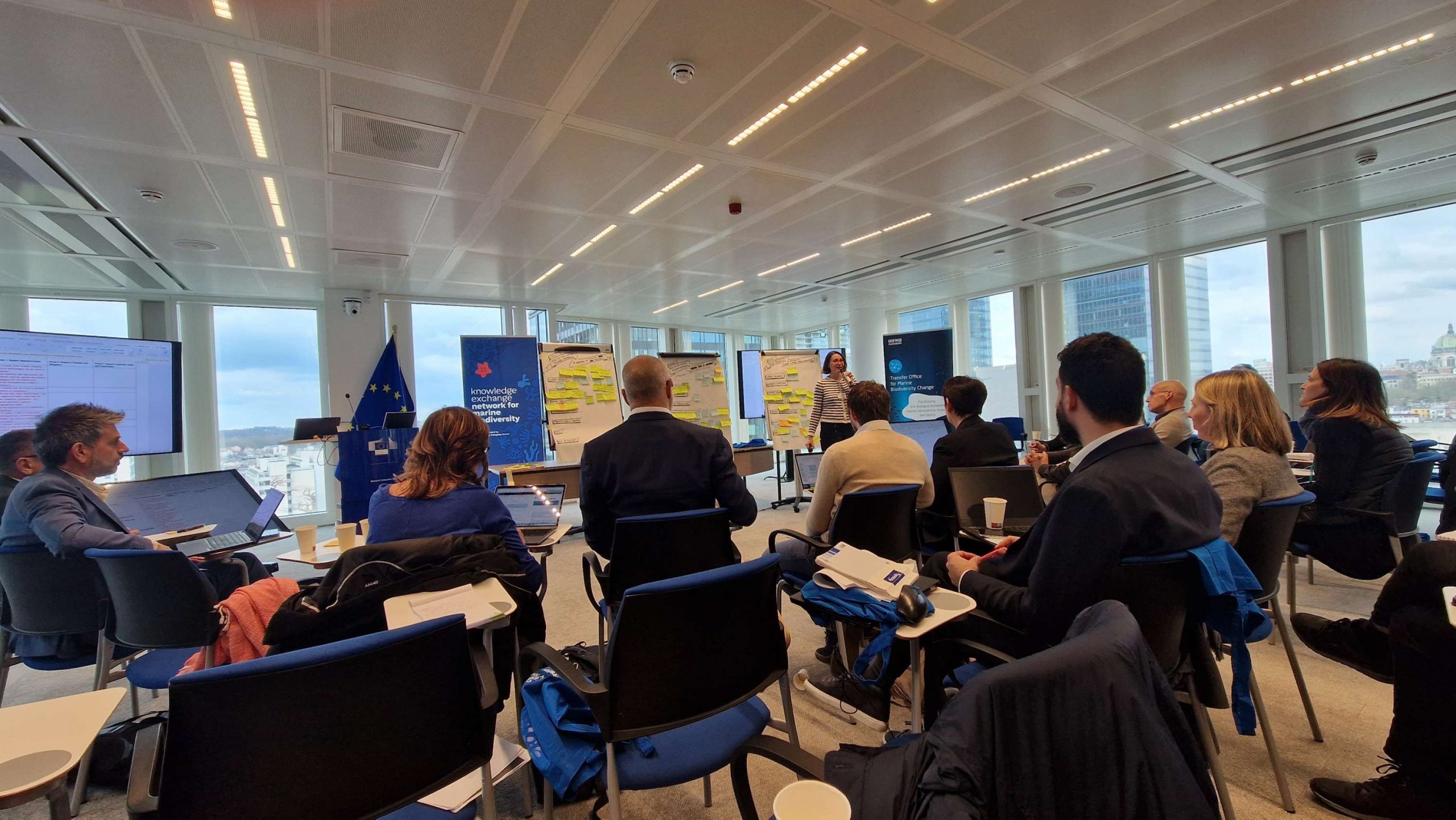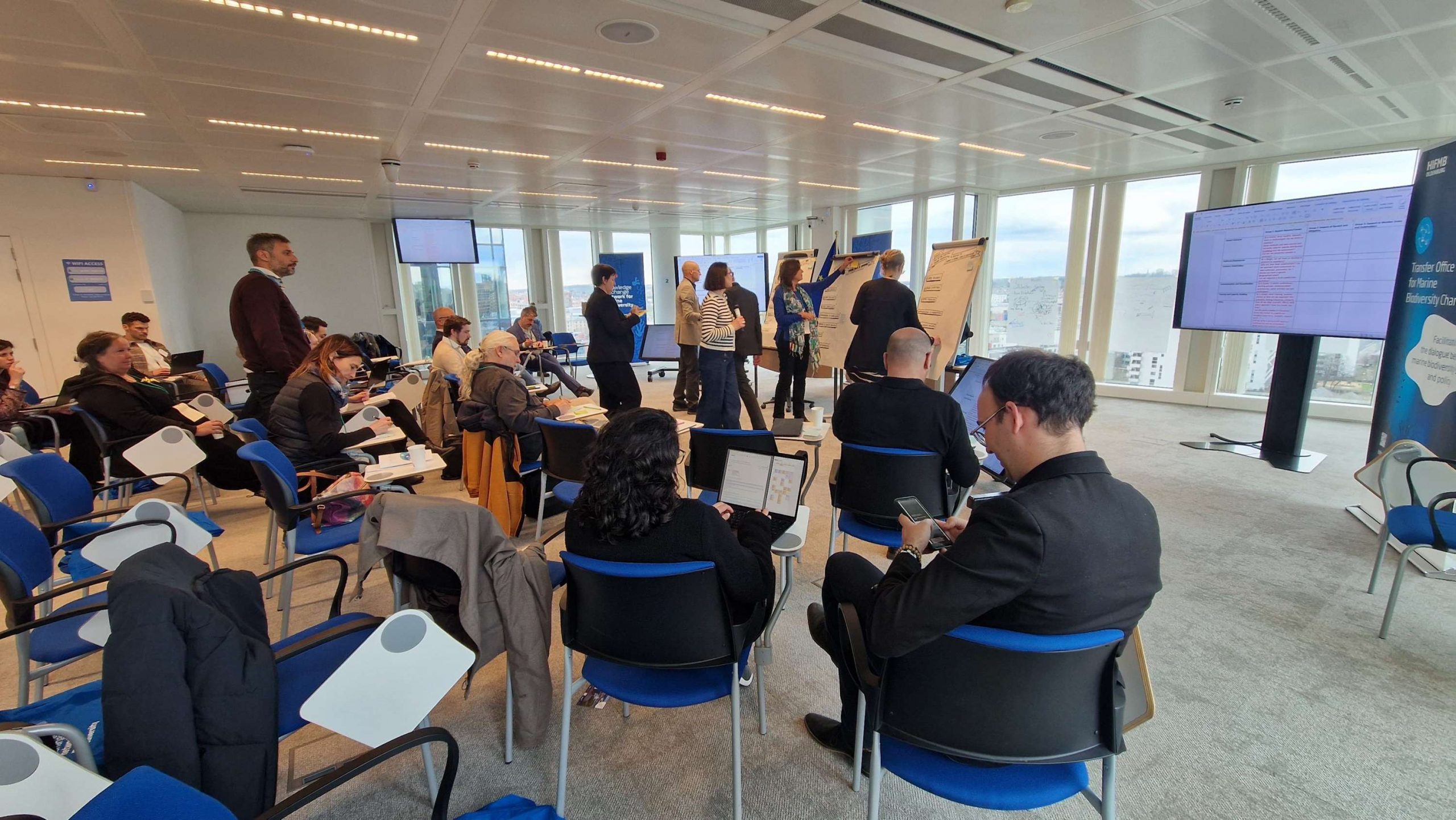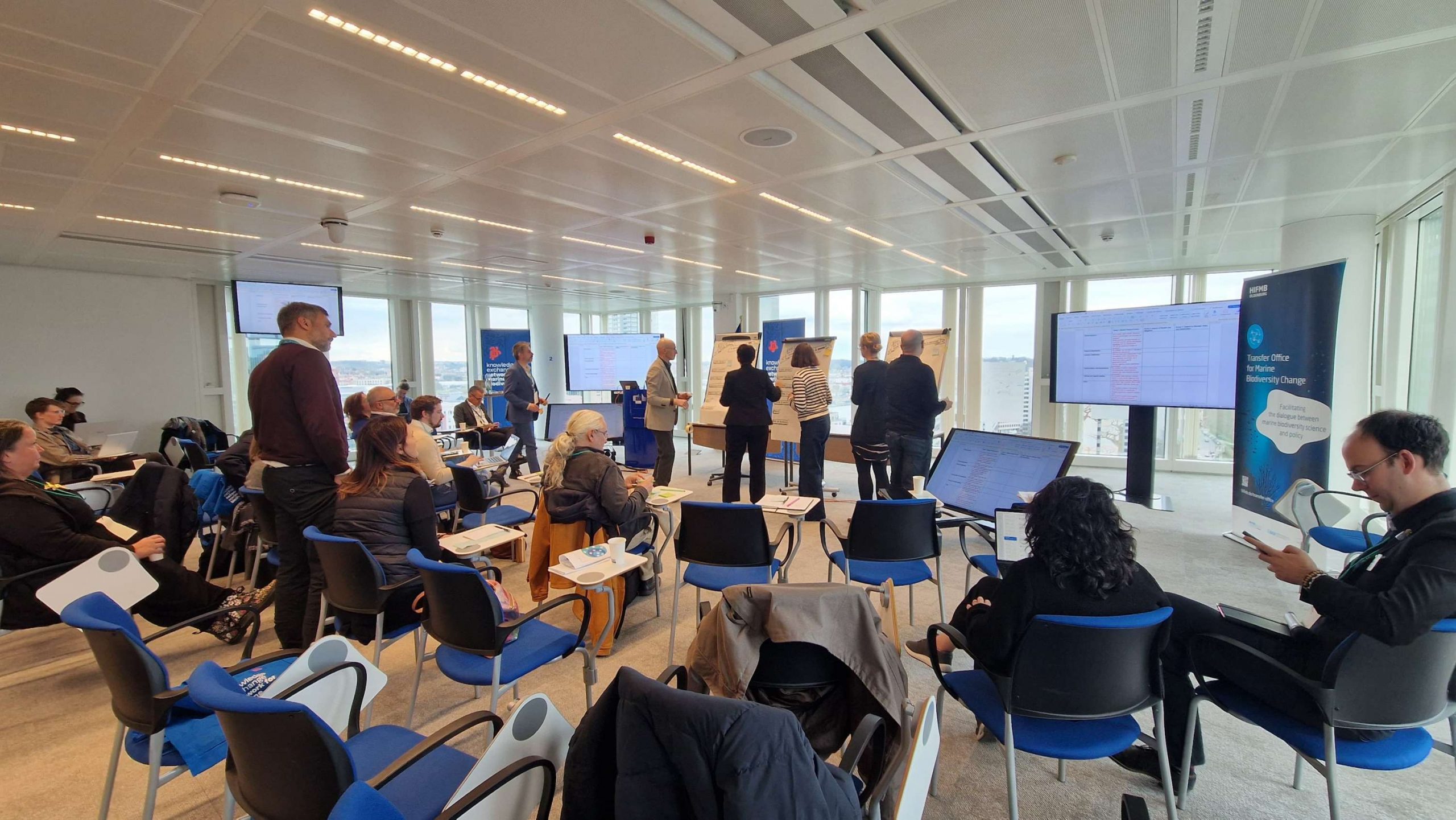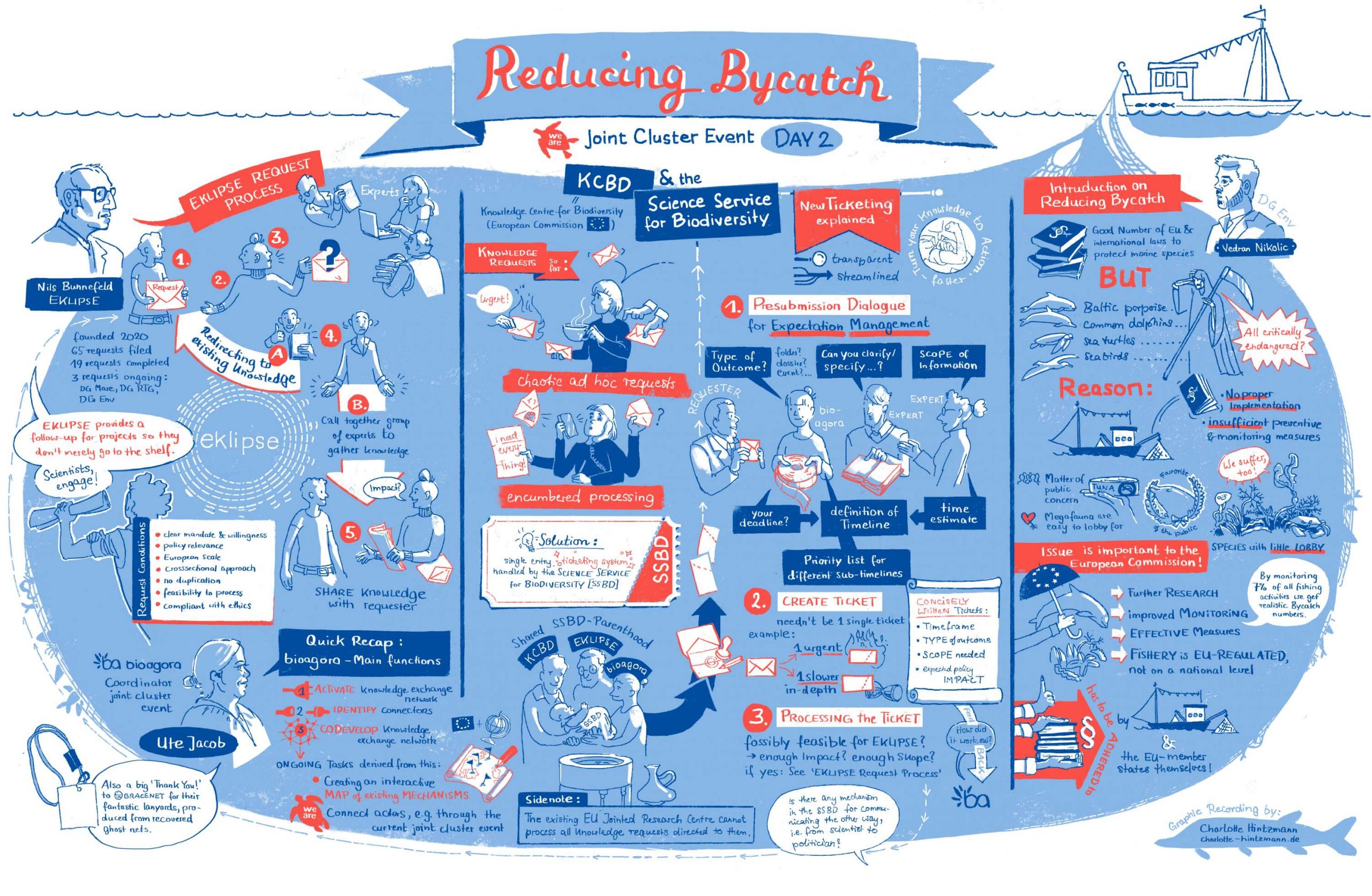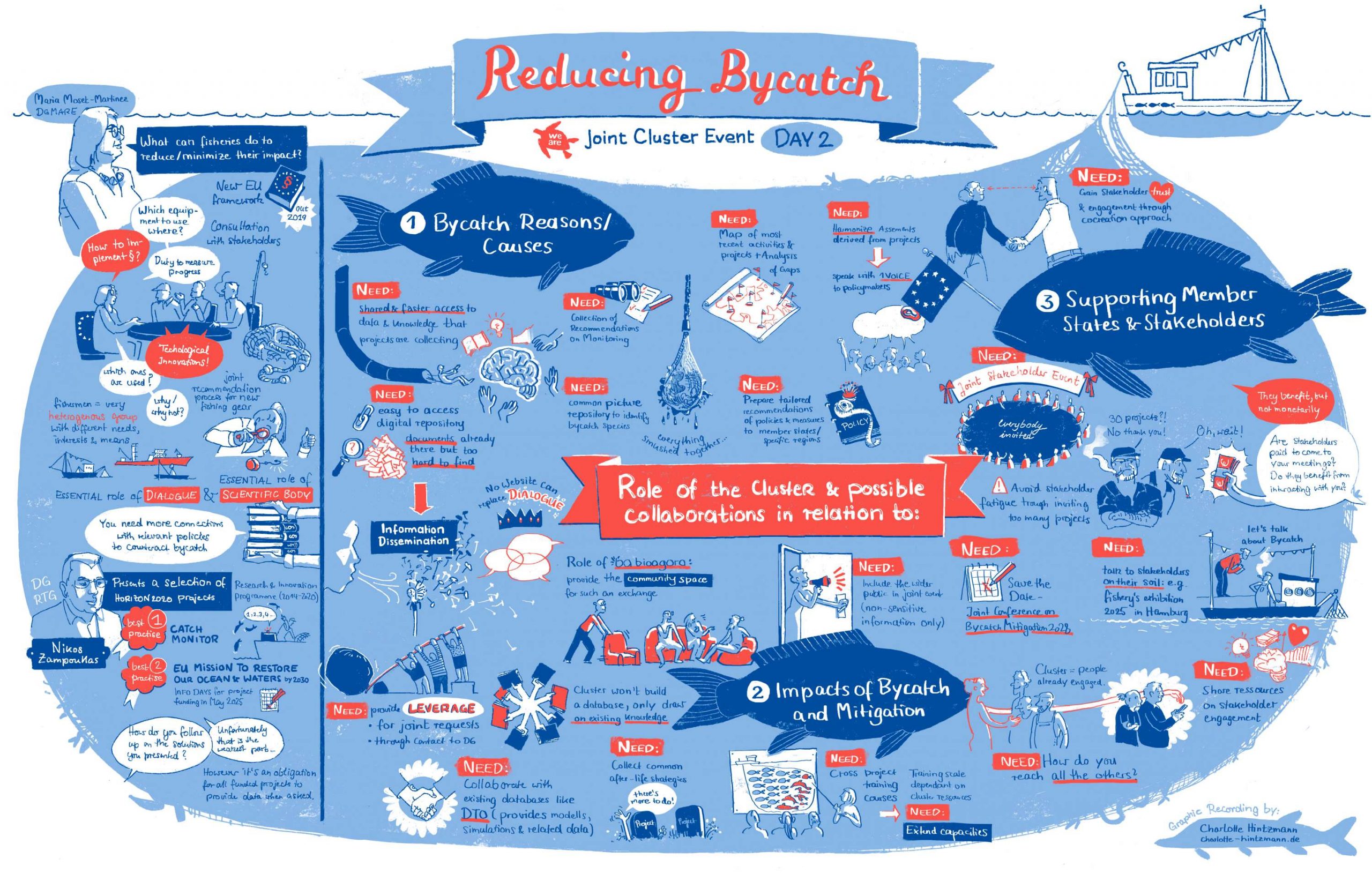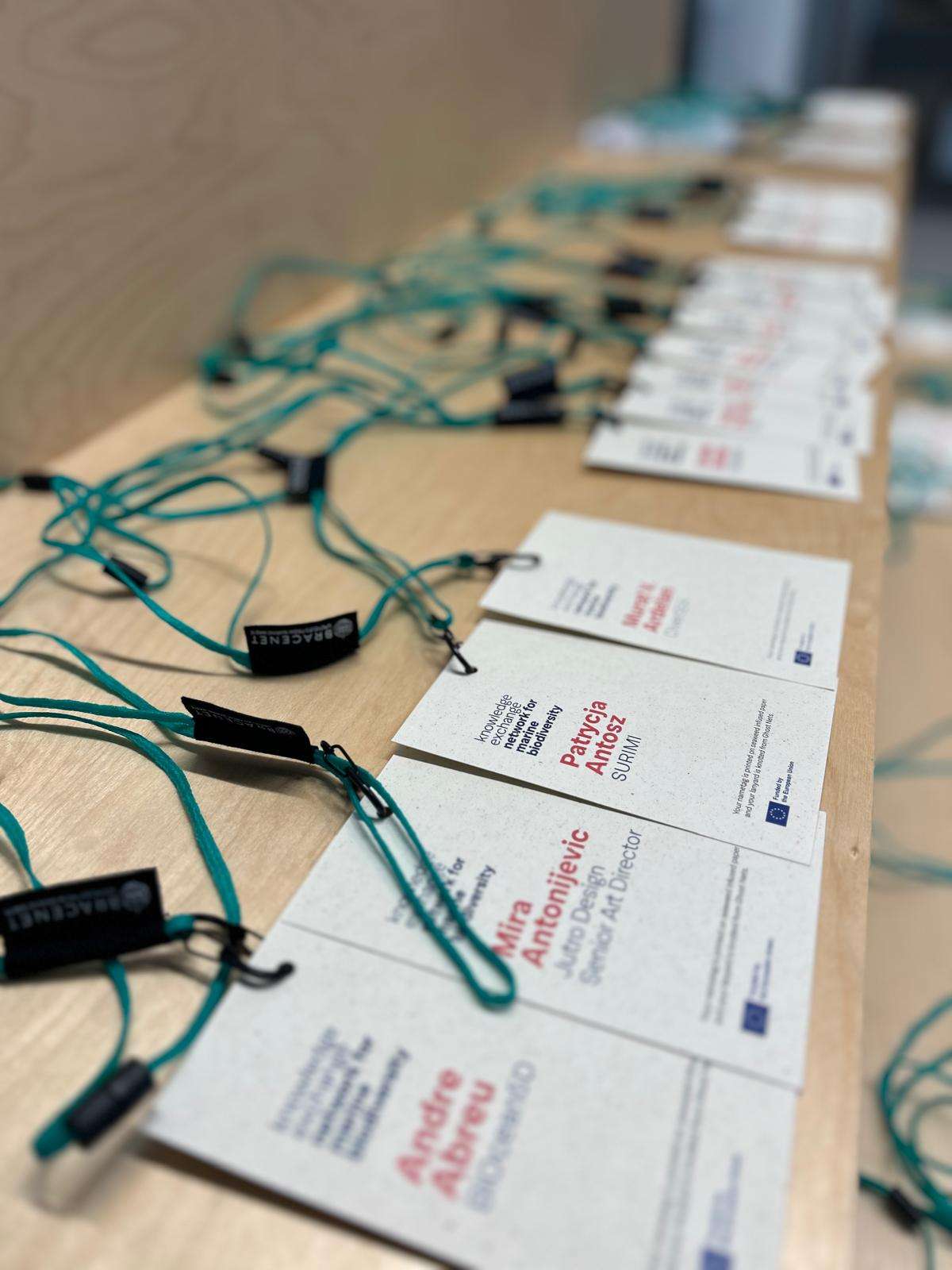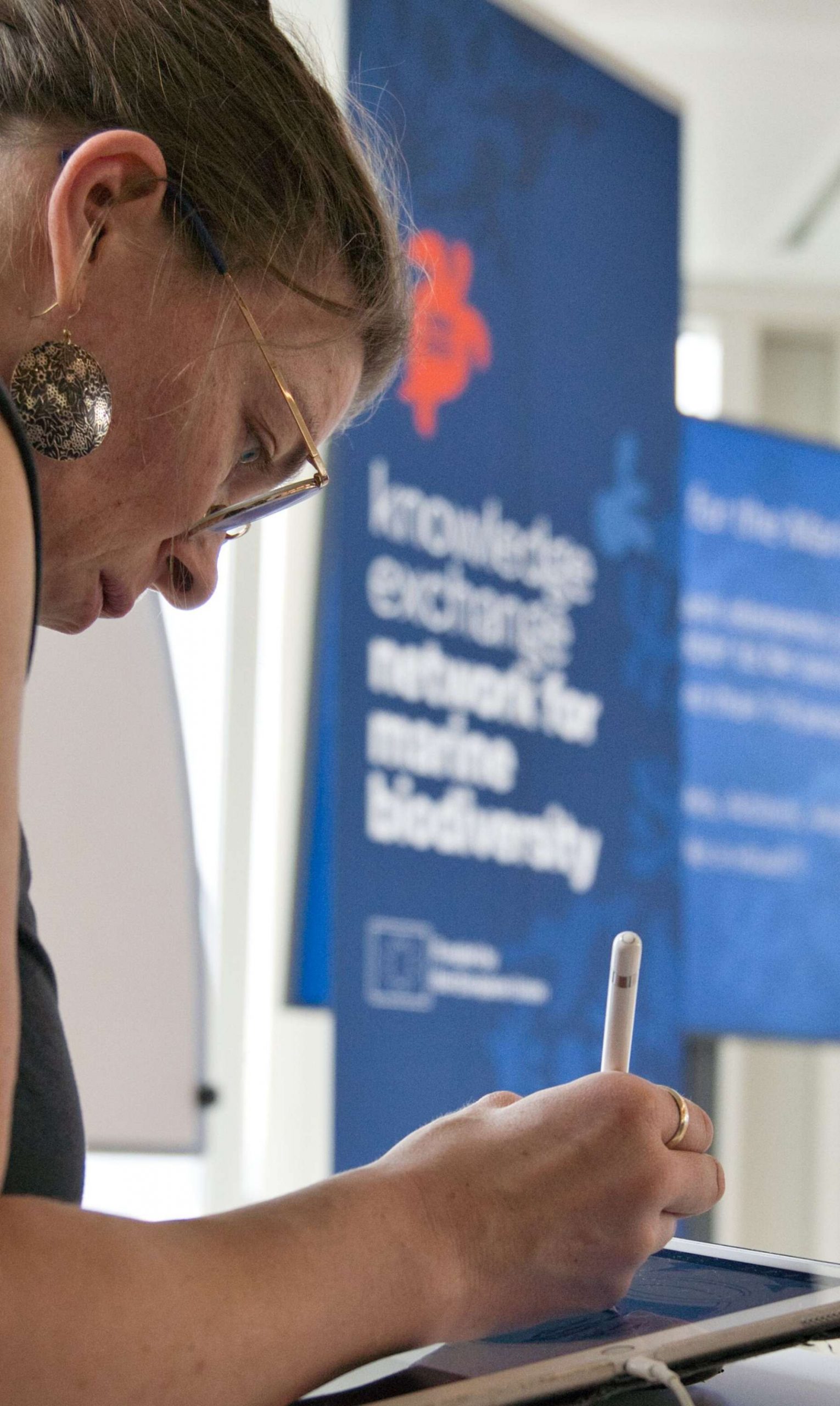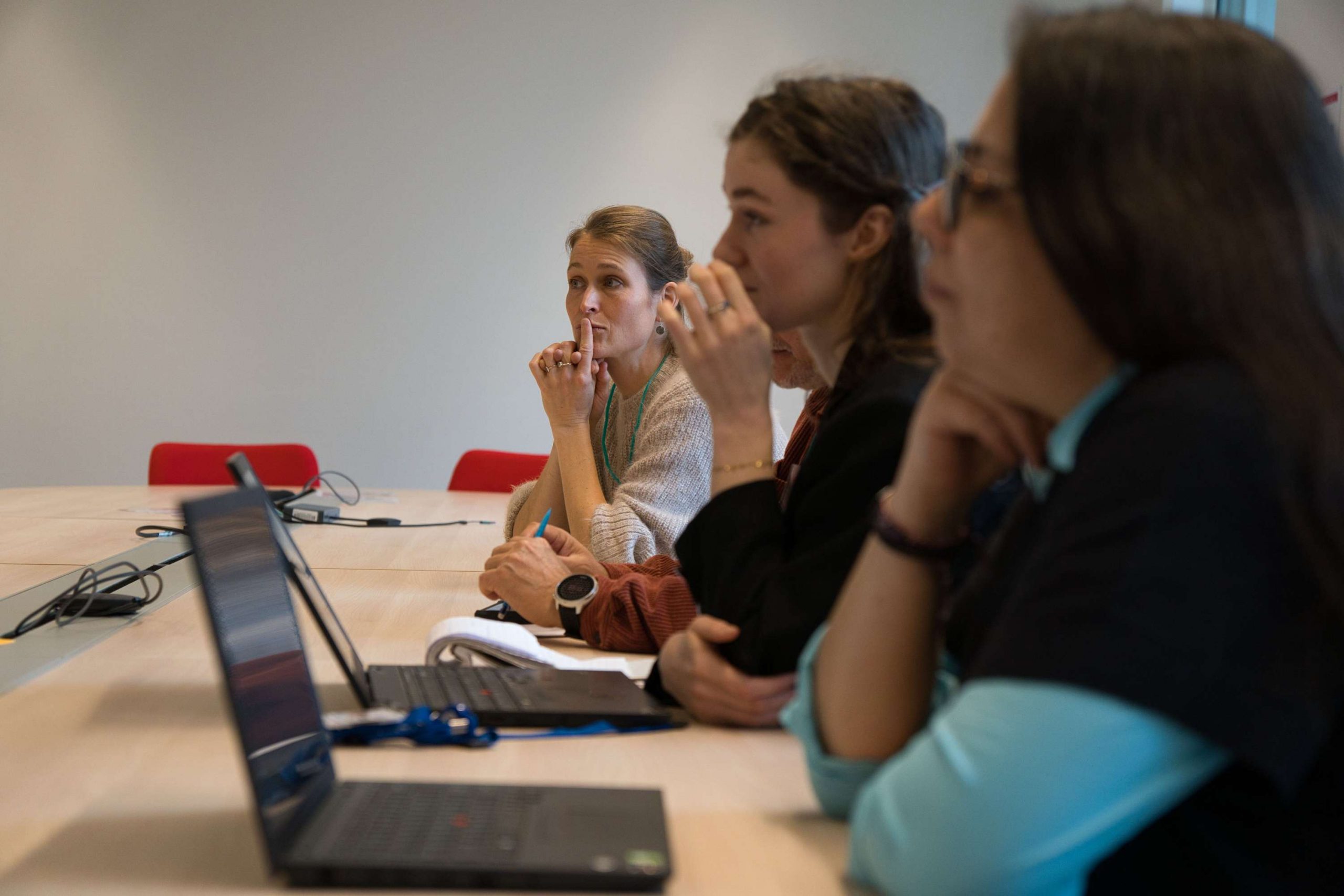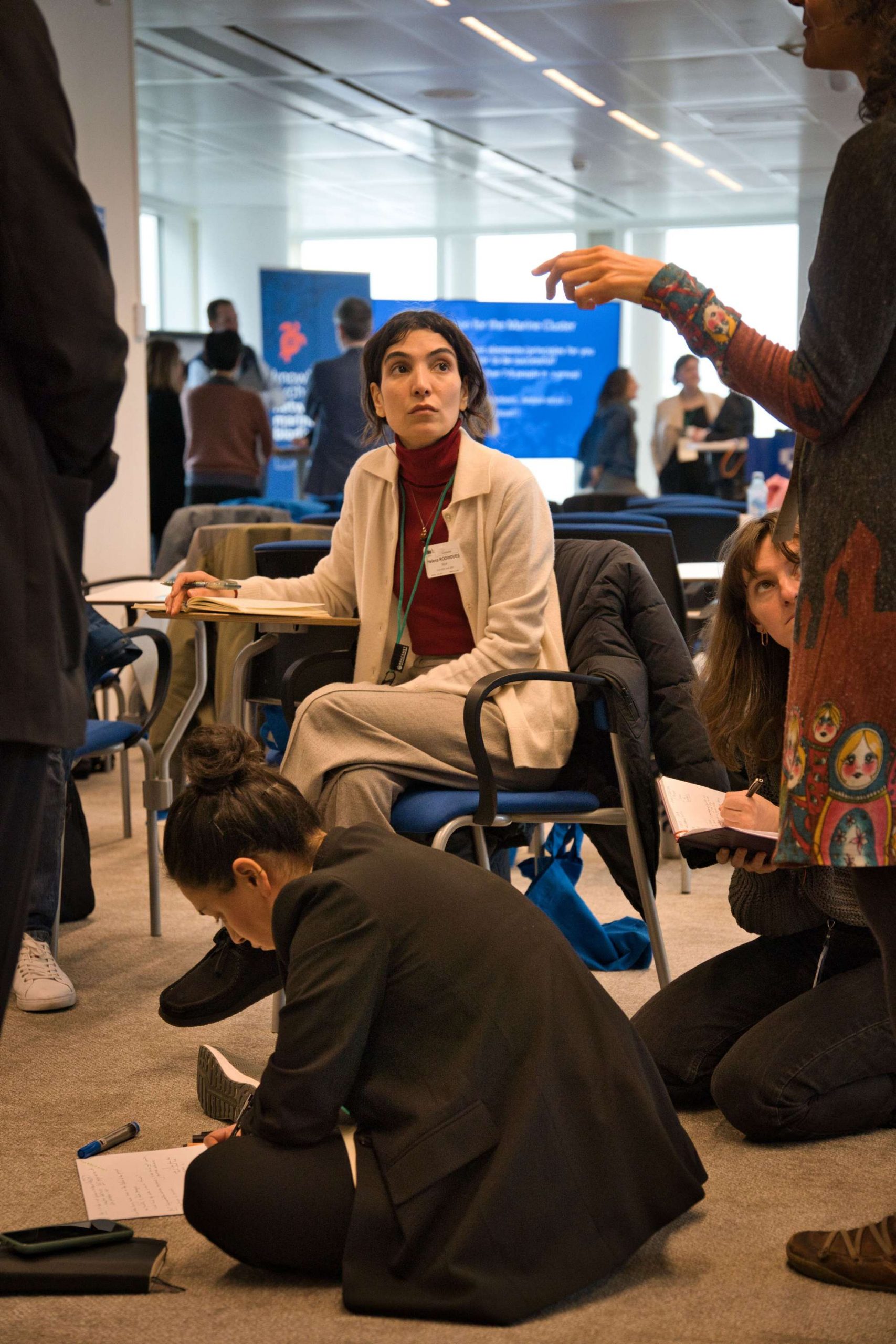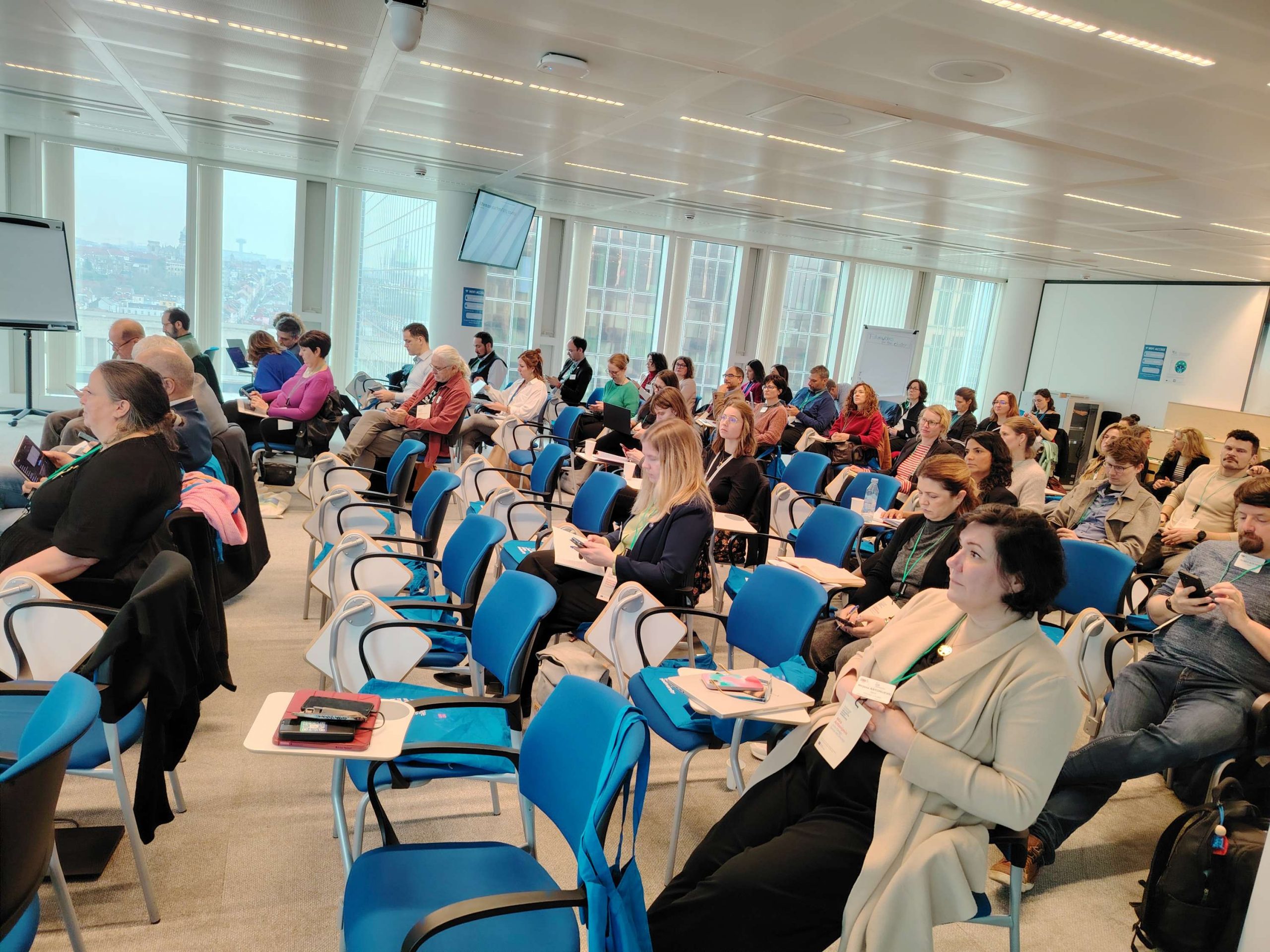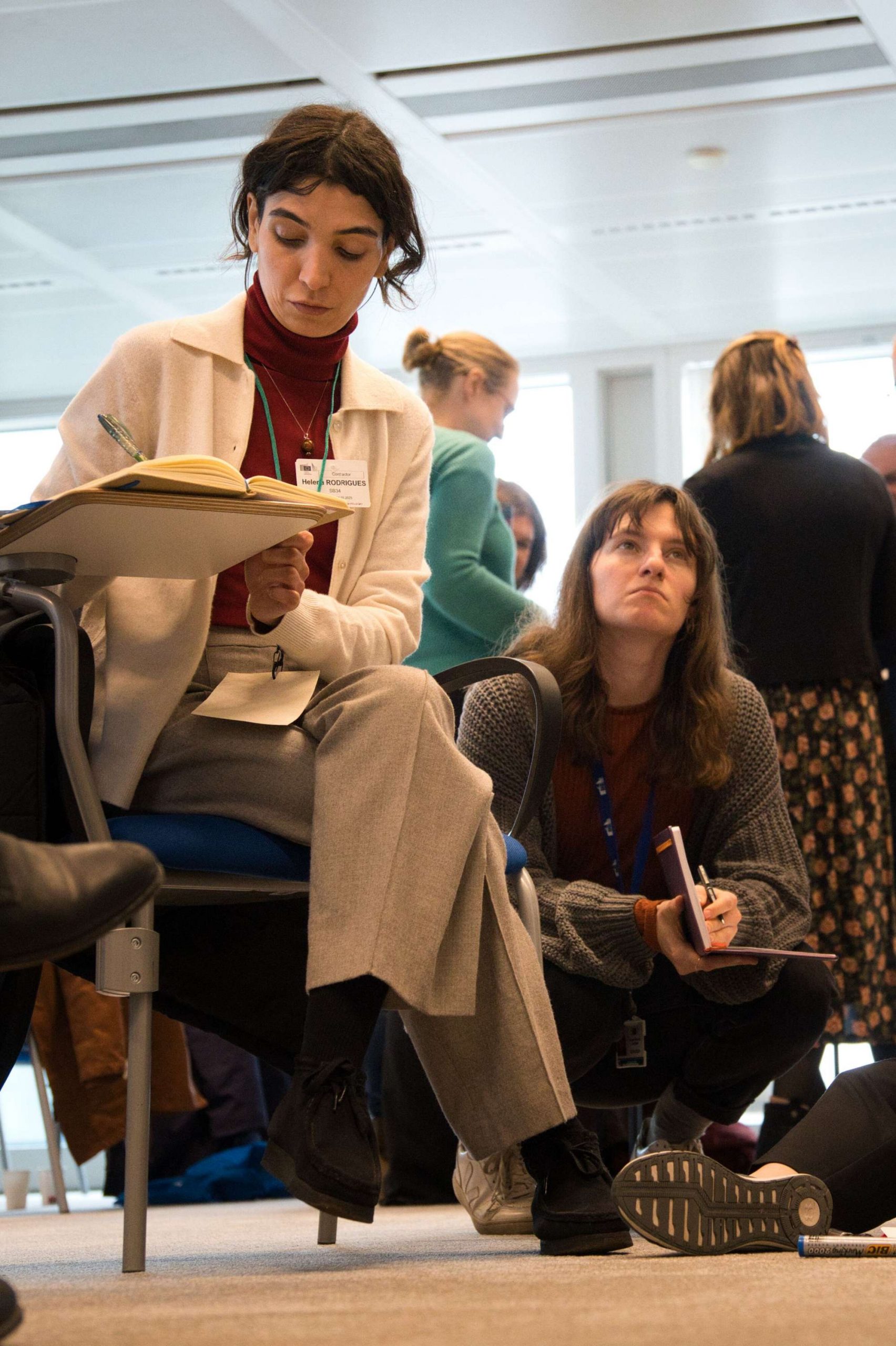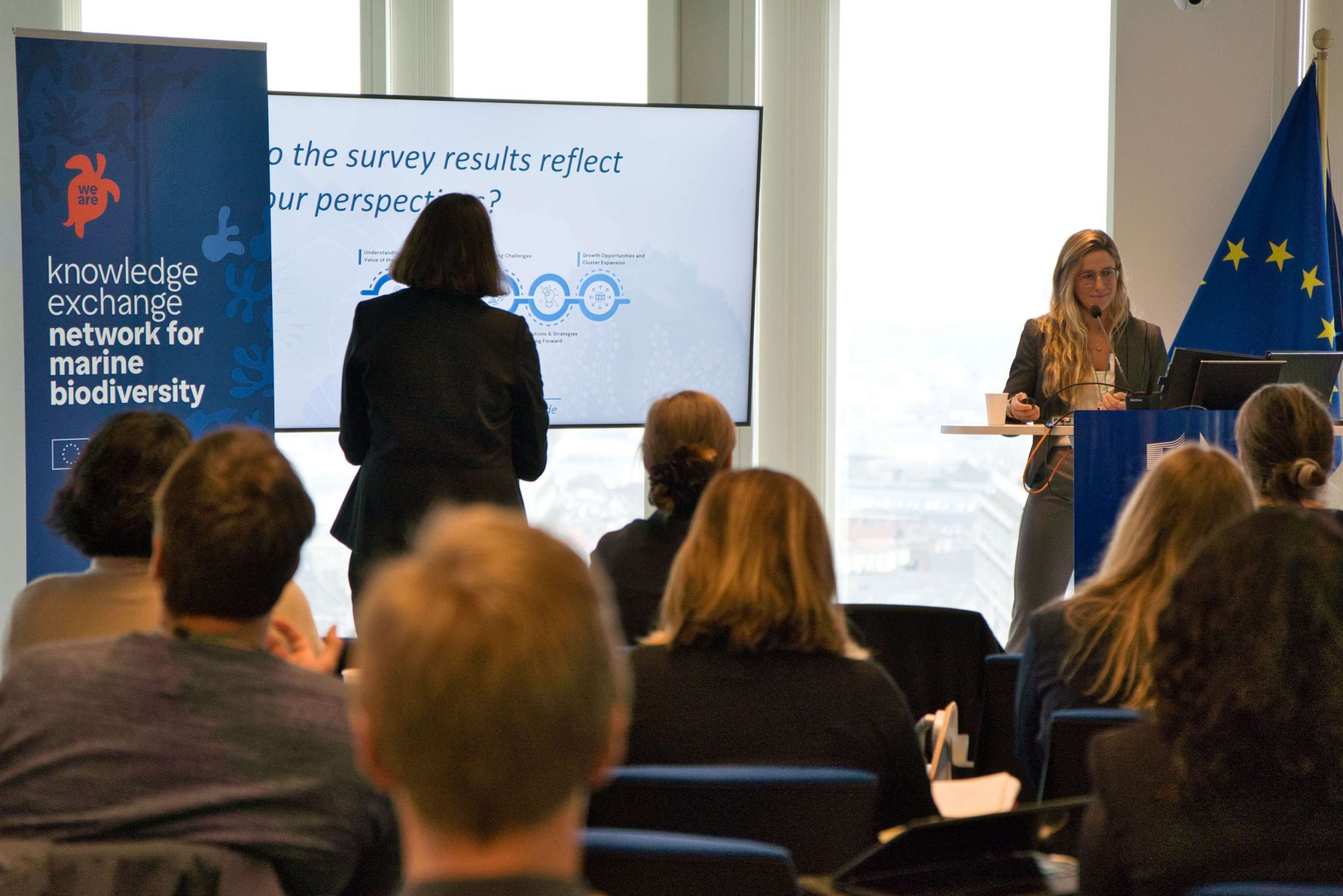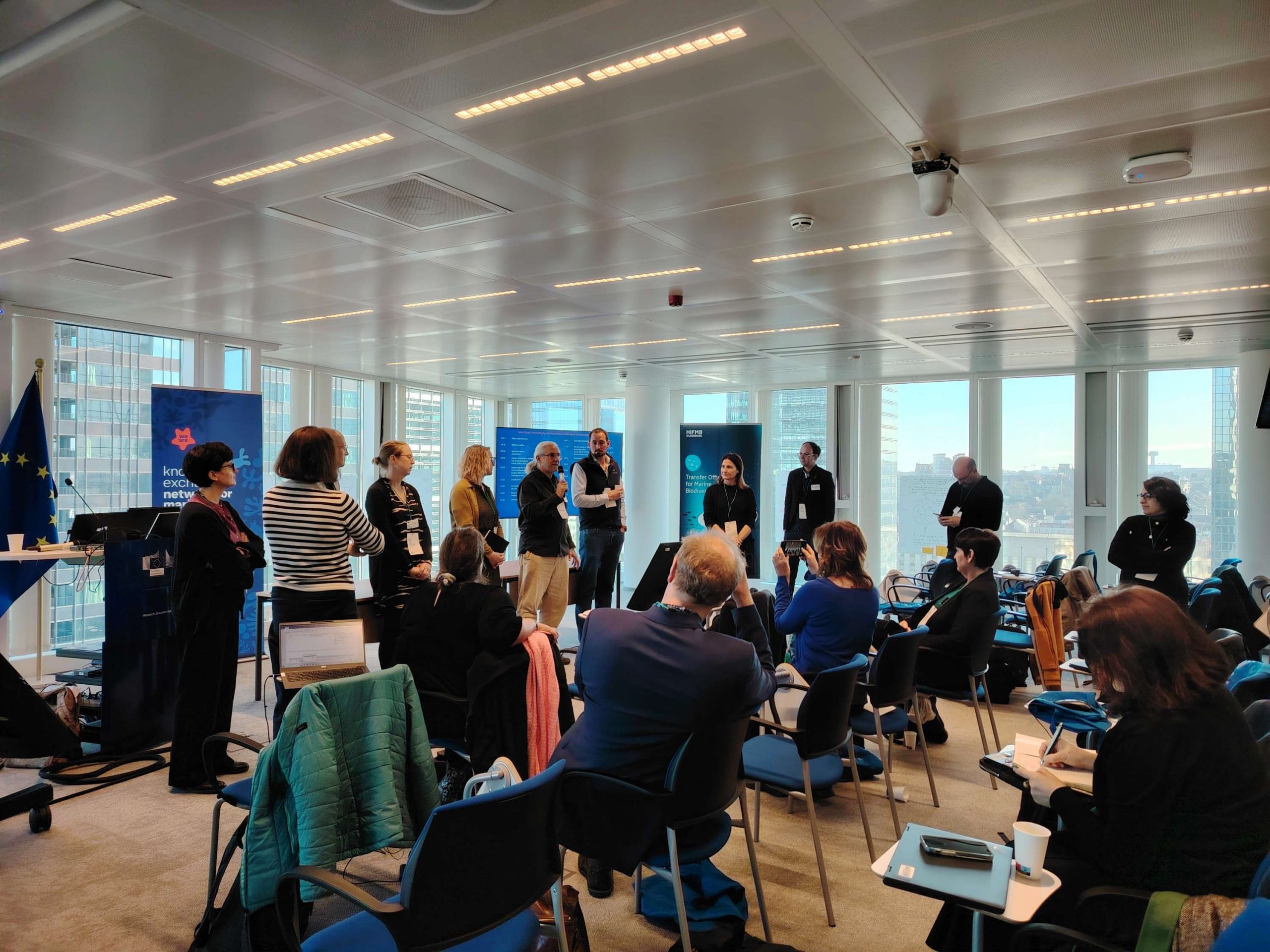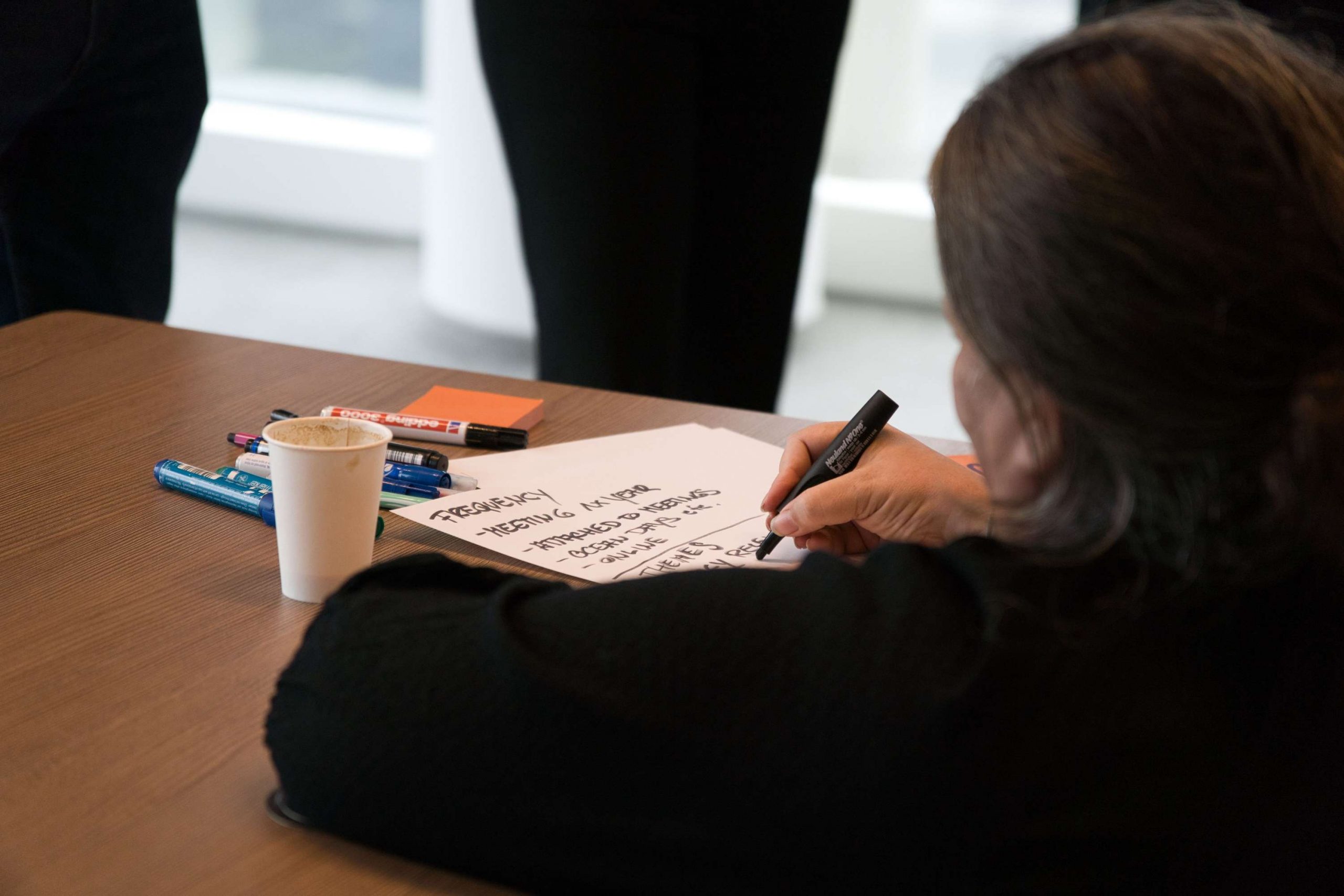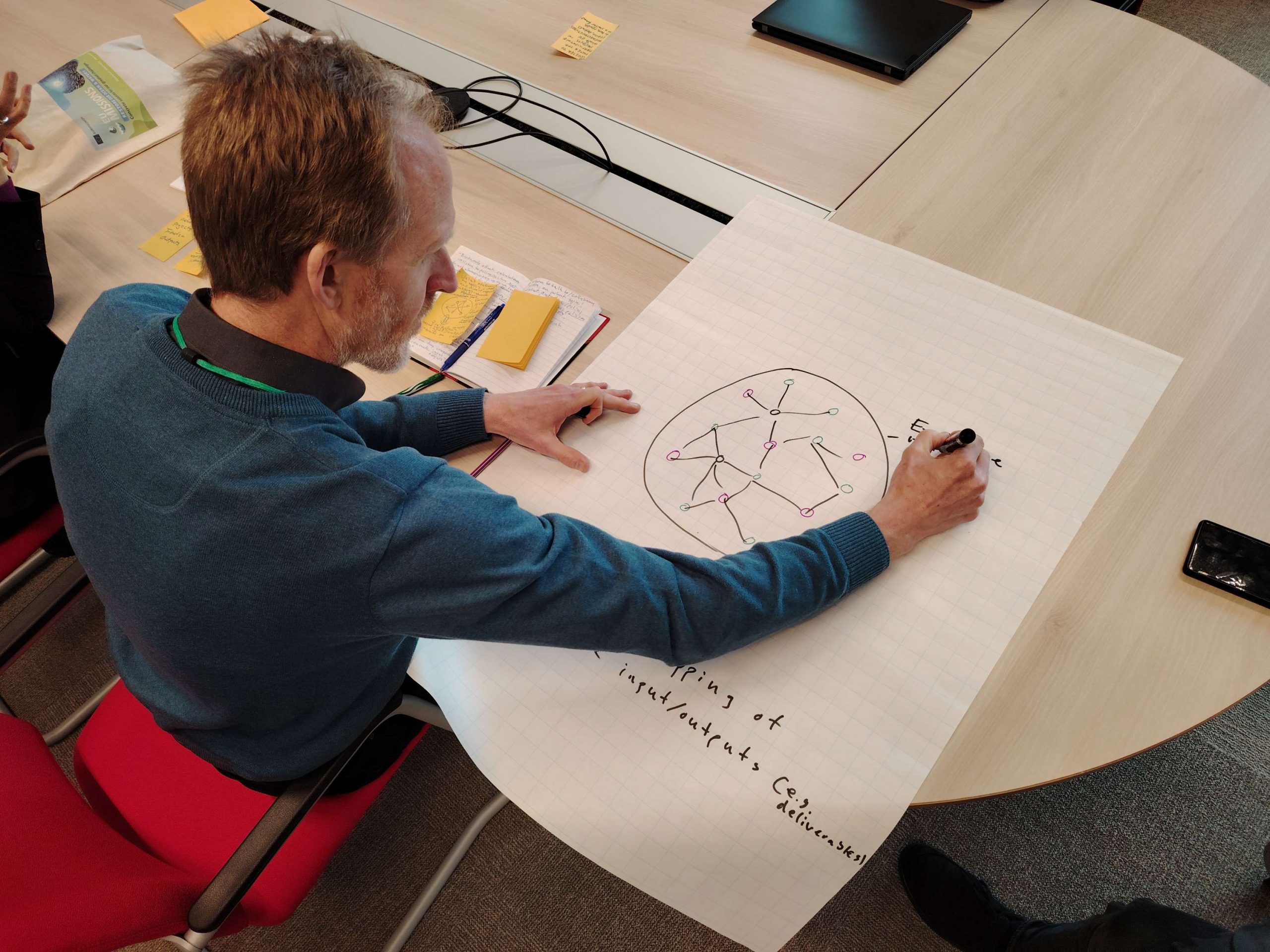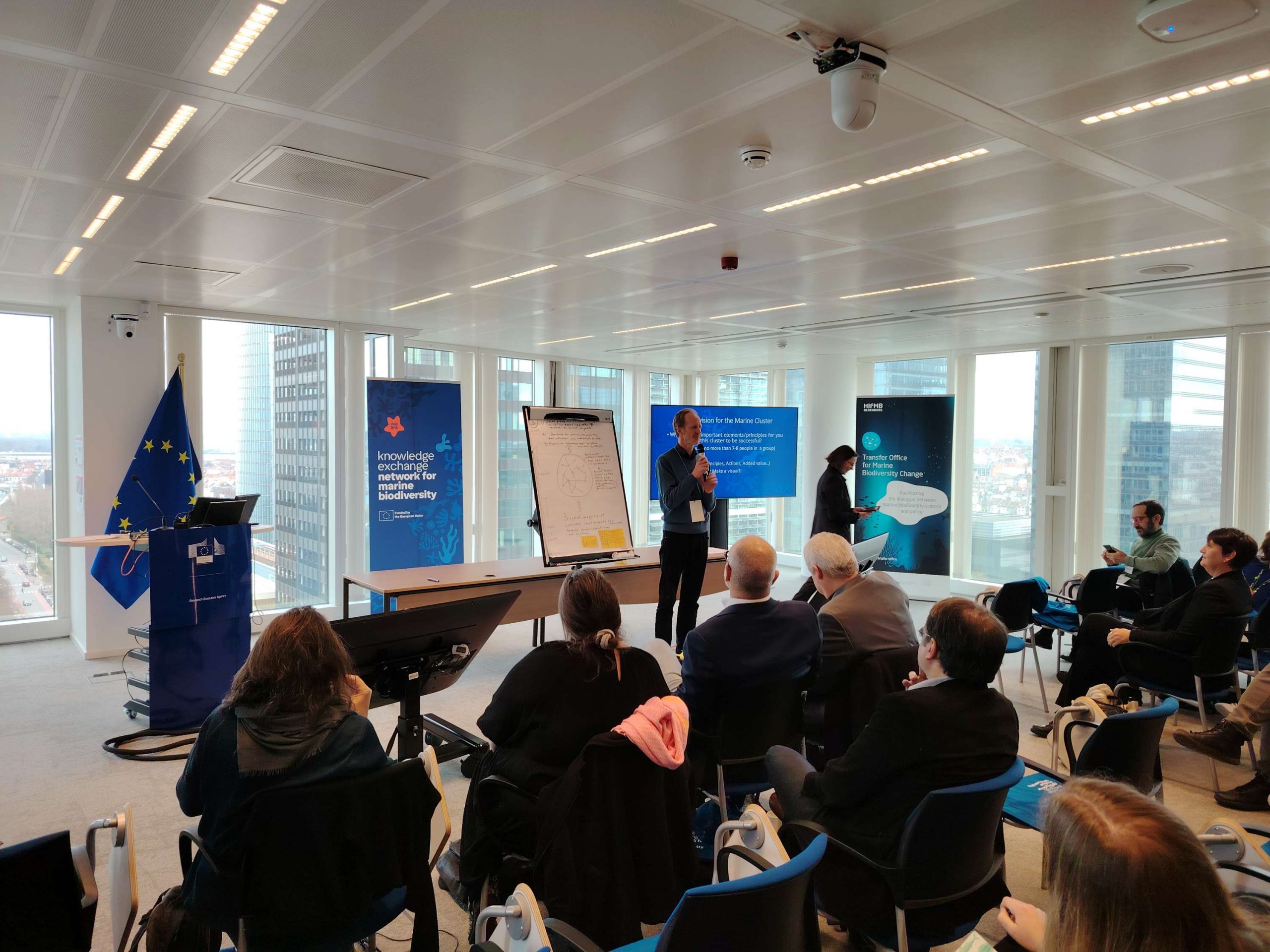Highlights from the Joint Kick-Off of the Clusters: Restore & Protect Marine Biodiversity and Reducing Bycatch
Brussels
Hosted at the European Research Executive Agency
Belgium
What is the Knowledge Exchange Network (KEX) for Marine Biodiversity?
The KEX is a collaborative initiative that brings together EU-funded projects working on the restoration and protection of marine biodiversity and the reduction of bycatch. Its goal is to foster dialogue, align scientific outputs with policy needs, and build lasting connections across projects, institutions, and stakeholders. This network supports the development of shared strategies, tools, and communication pathways to maximize impact and ensure long-term project legacy.
To kick off this effort, a two-day event was held in Brussels on 13–14 March 2025, marking the launch of two thematic clusters and setting the stage for future collaboration.
Day 1: Marine Biodiversity – From Restoration to Policy Impact
The morning began with welcome words by Paul Webb (REA), Marco Fritz (DG RTD), and Vedran Nikolic (DG ENV), followed by a presentation of the cluster’s background and objectives by Ivan Conesa Alcolea (DG RTD), Marie Vandewalle, Ute Jacob (both BioAgora), and Estelle Ballian (FEAL).
Keynote: Hugh Possingham
A highlight of the morning was the keynote by Hugh Possingham, who emphasized that conservation success is about building connected systems, not just selecting the “most important” areas.
Breakout Discussions
In a World Café-style session, participants collaborated in small groups around three core themes:
- Community of Practice: tools, approaches, and synergies across projects
- Policy Needs: how the cluster can support both urgent and long-term policy priorities
- Future Roadmap: concrete actions to ensure the cluster’s sustainability and legacy
Key takeaways included:
- The need for mapping project outputs and stakeholder engagement pathways
- Creating a living document or shared platform for communication and visibility
- Developing policy briefs and targeted outputs to enhance impact
Panel & Wrap-Up
The day concluded with a panel discussion featuring Sheila Heymans, Helmut Hillebrand, Juliette Young, Isabel Sousa Pinto, Julia Kloss, and Hugh Possingham, moderated by Estelle Ballian, with final remarks by Gilles Doignon (DG RTD).
Day 2: Toward a Bycatch Cluster – Science to Implementation
Day 2 focused on reducing bycatch and building a dedicated cluster around this theme. Opening remarks were delivered by Nikos Zampoukas (DG RTD), Vedran Nikolic (DG ENV), and Maria Moset-Martinez (DG MARE).
Plenary Session: EU Policies on Bycatch
Policy officers from DG ENV, DG MARE, and DG RTD emphasized that bycatch of protected species remains a priority under EU and international law. They underlined the importance of science-policy engagement, cross-country collaboration, and early engagement with fisheries sectors.
Interactive session: Planning the Cluster’s Future
In the afternoon, the entire group discussed together the following topics:
- Causes and risks of bycatch
- Mitigation and technological solutions
- Support to Member States and stakeholders
Participants shared ideas for sustaining the cluster, including mentorship programs, joint stakeholder engagement, concise policy briefs, and a shared living document framework.
A key takeaway: the cluster should act as a community hub, not a new data repository—facilitating joint action, stakeholder alignment, and legacy building.
Sustainability at the Event
The event also reflected a commitment to sustainable practices. Lanyards were made by Bracenet using recycled ghost nets, and name tags were printed on PlantSea’s seaweed-infused compostable paper— These tangible examples of circular economy innovation aligned with the themes of ocean conservation and responsible use.
Graphic Recording: Capturing the Event Through Live Illustration
Across both days, illustrator Charlotte Hintzmann (Freiberufliche Konzeption & Illustration) captured the energy and key messages of the event through real-time visual storytelling. Her illustrations brought clarity, color, and creativity to complex discussions—making science communication more accessible and memorable.
